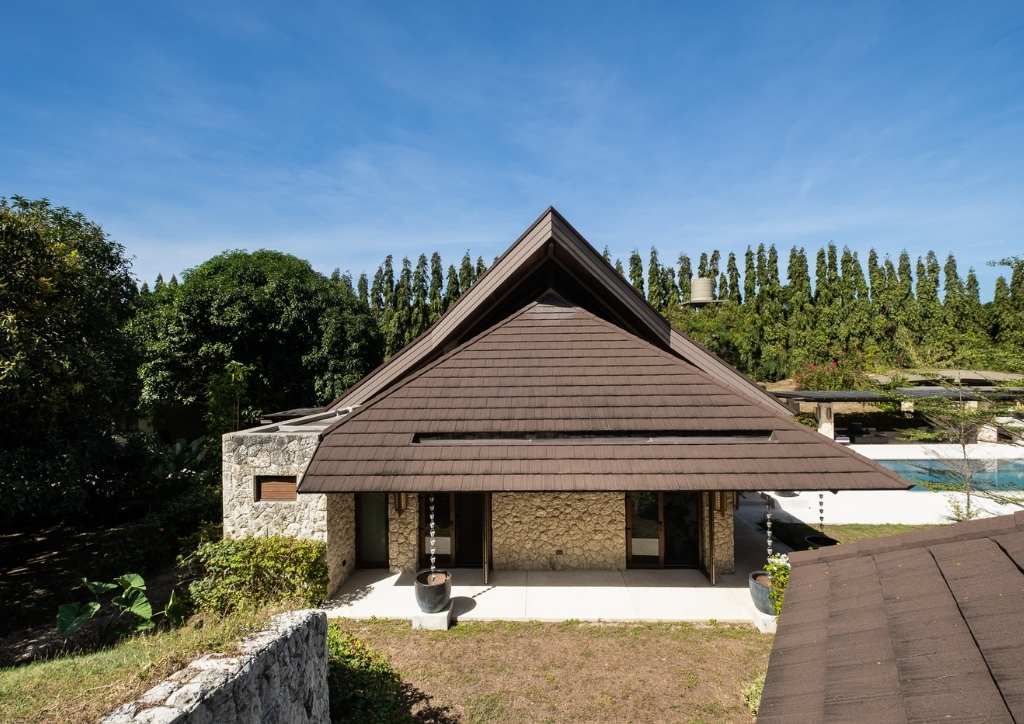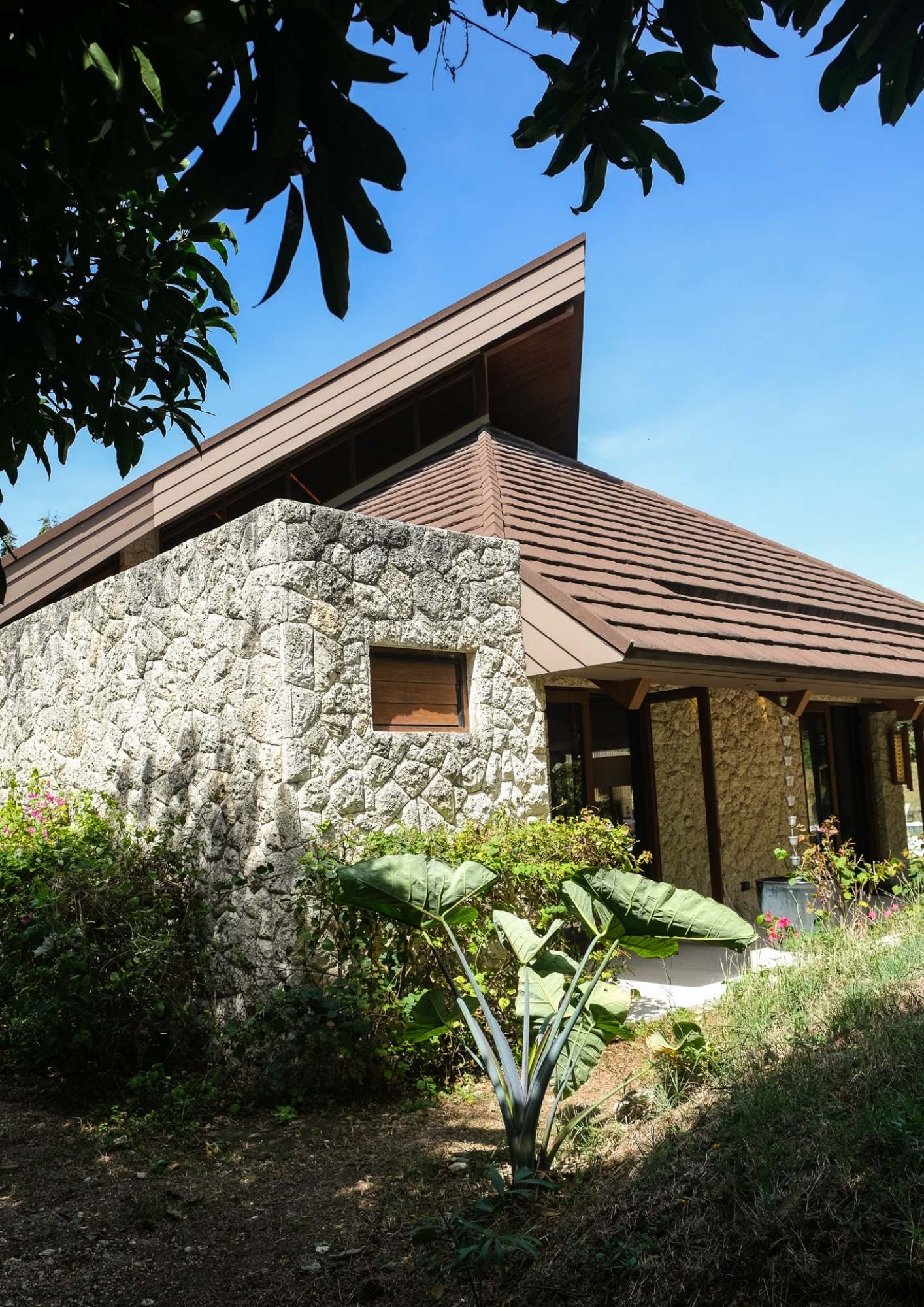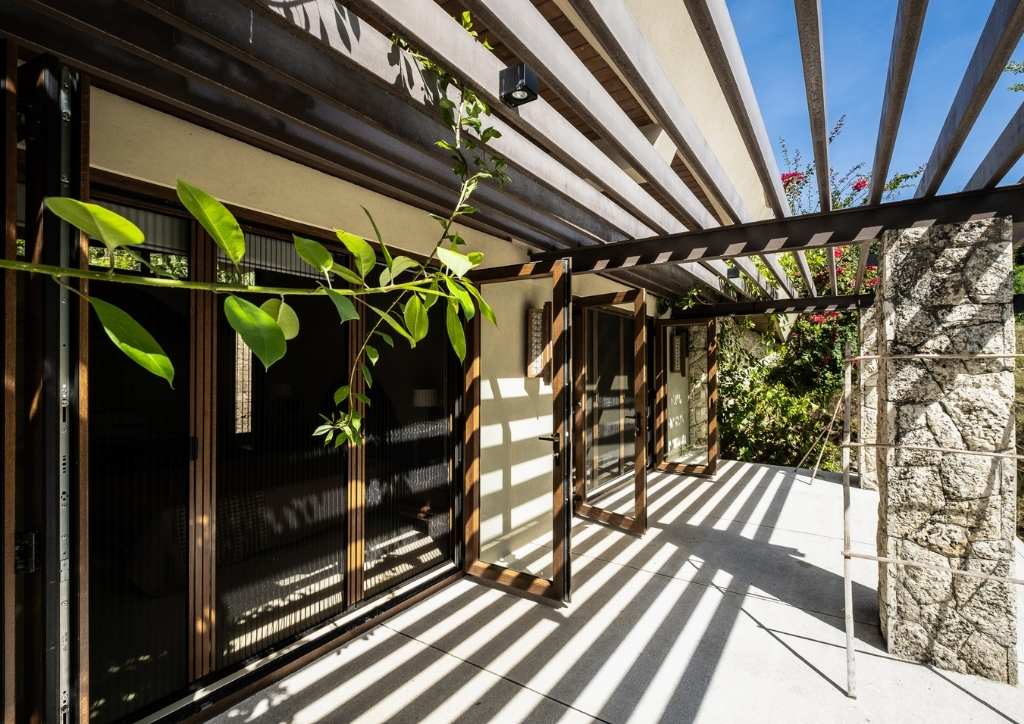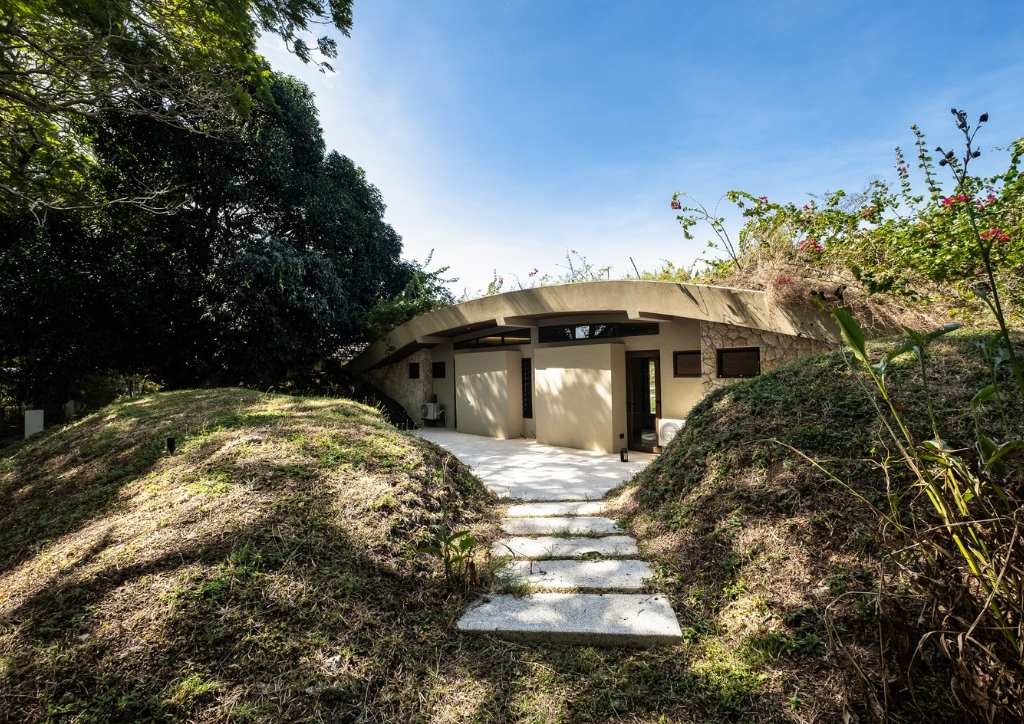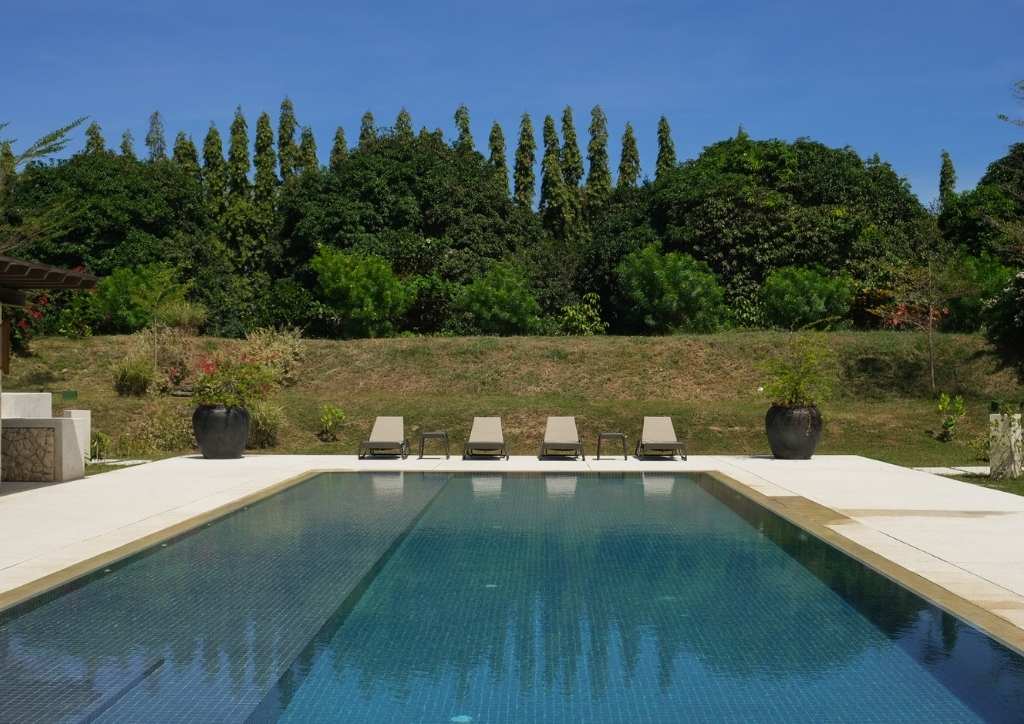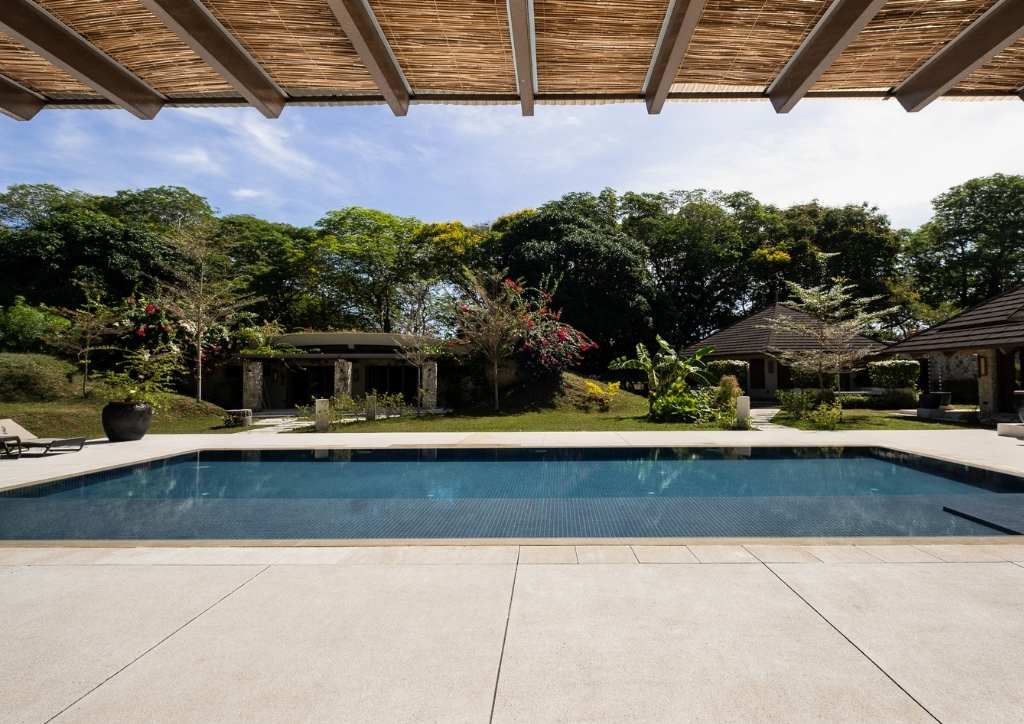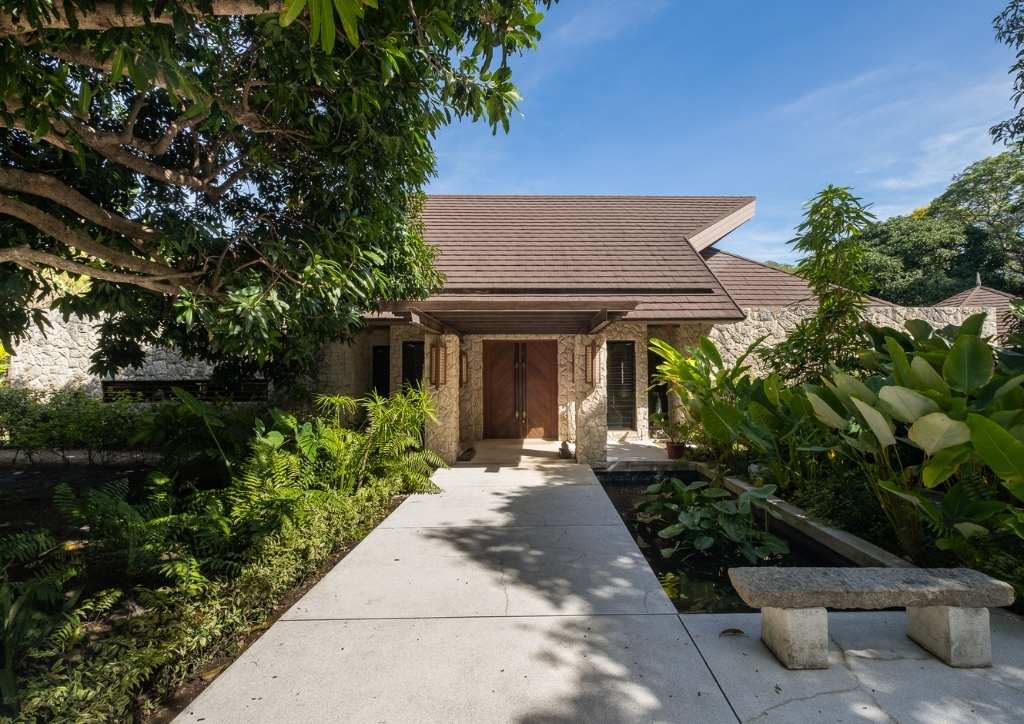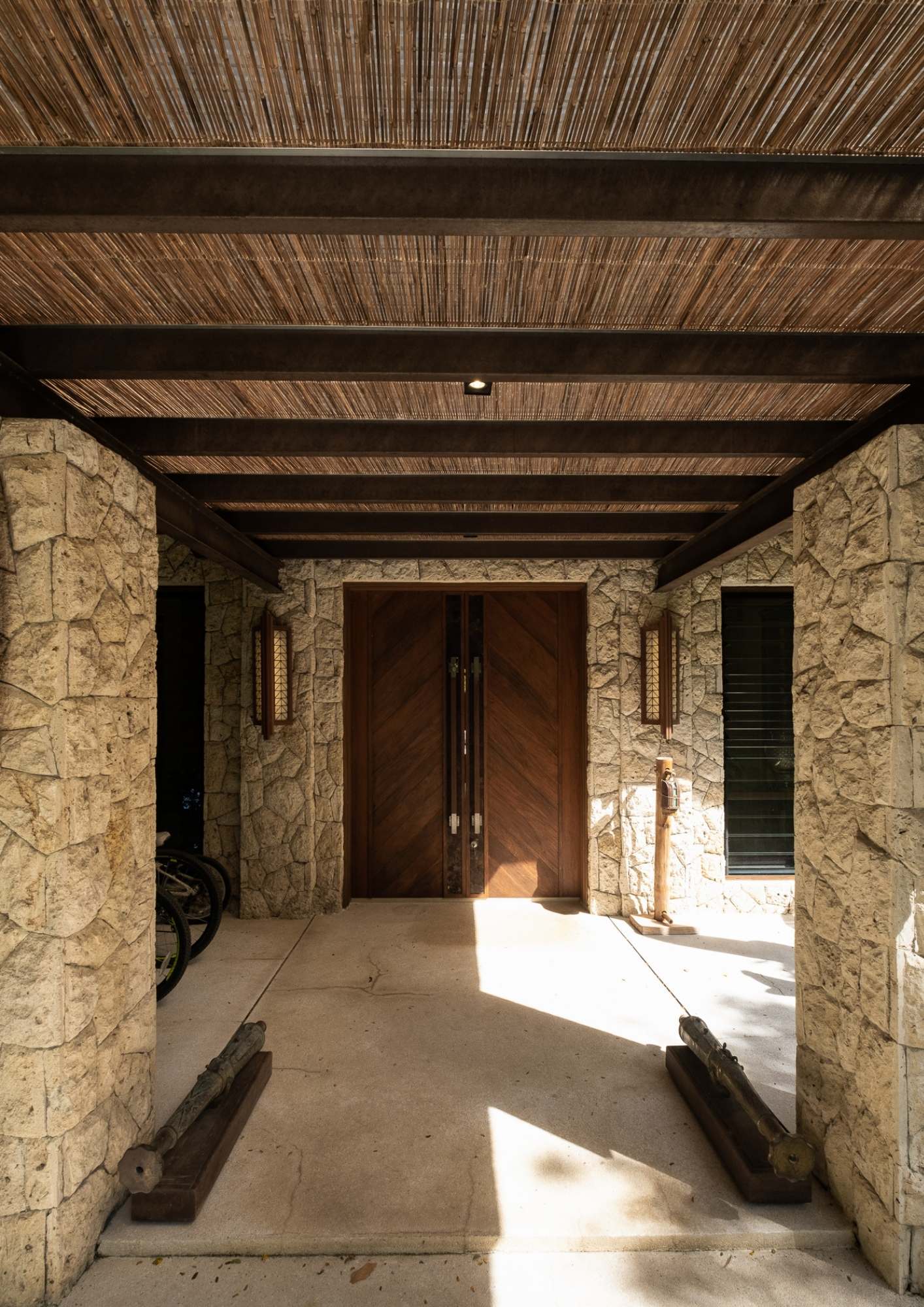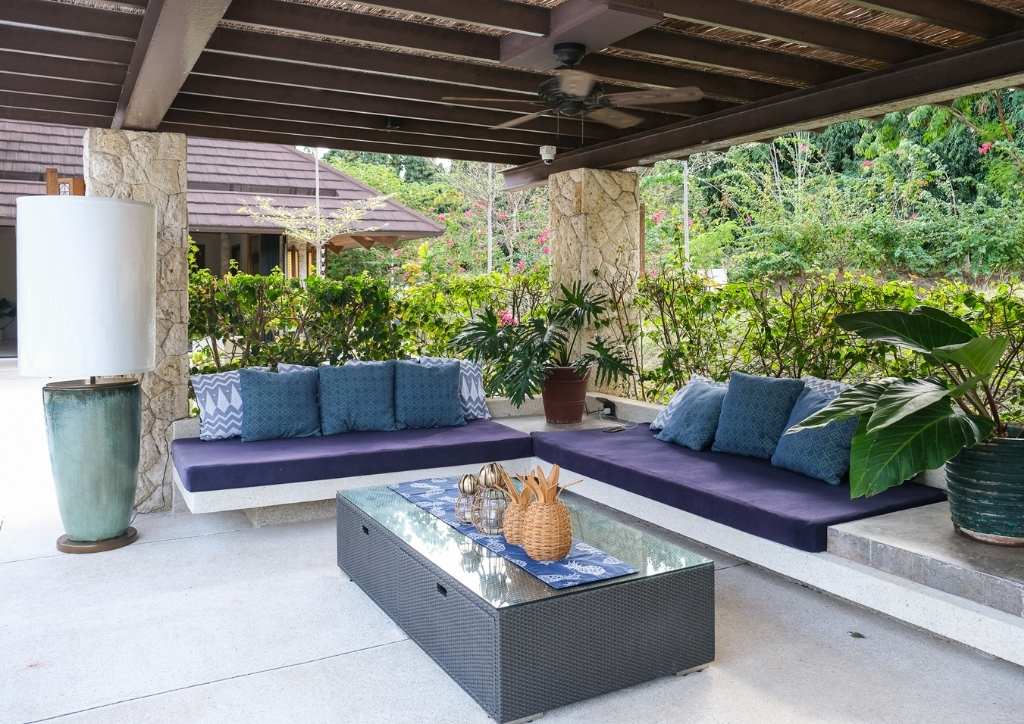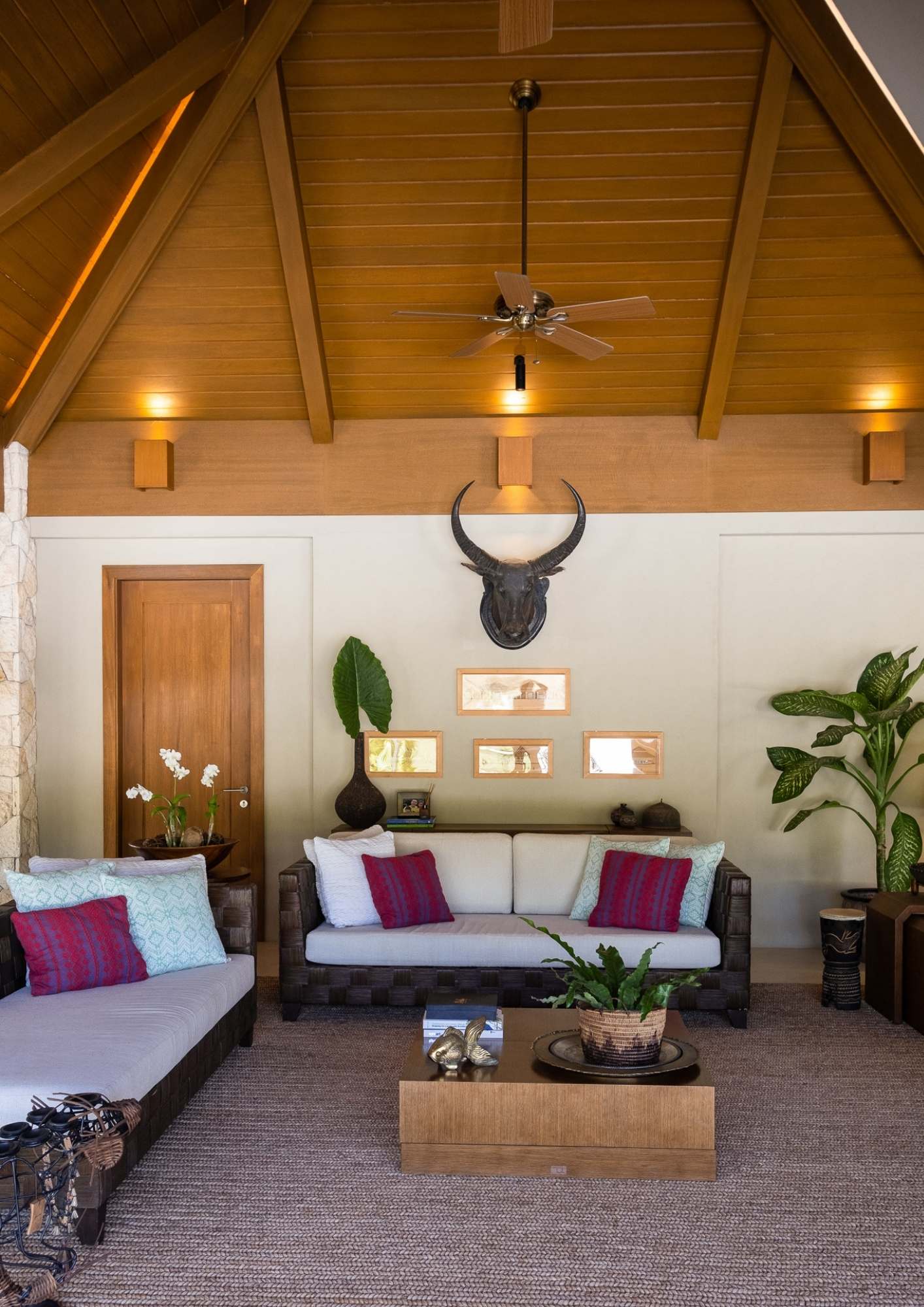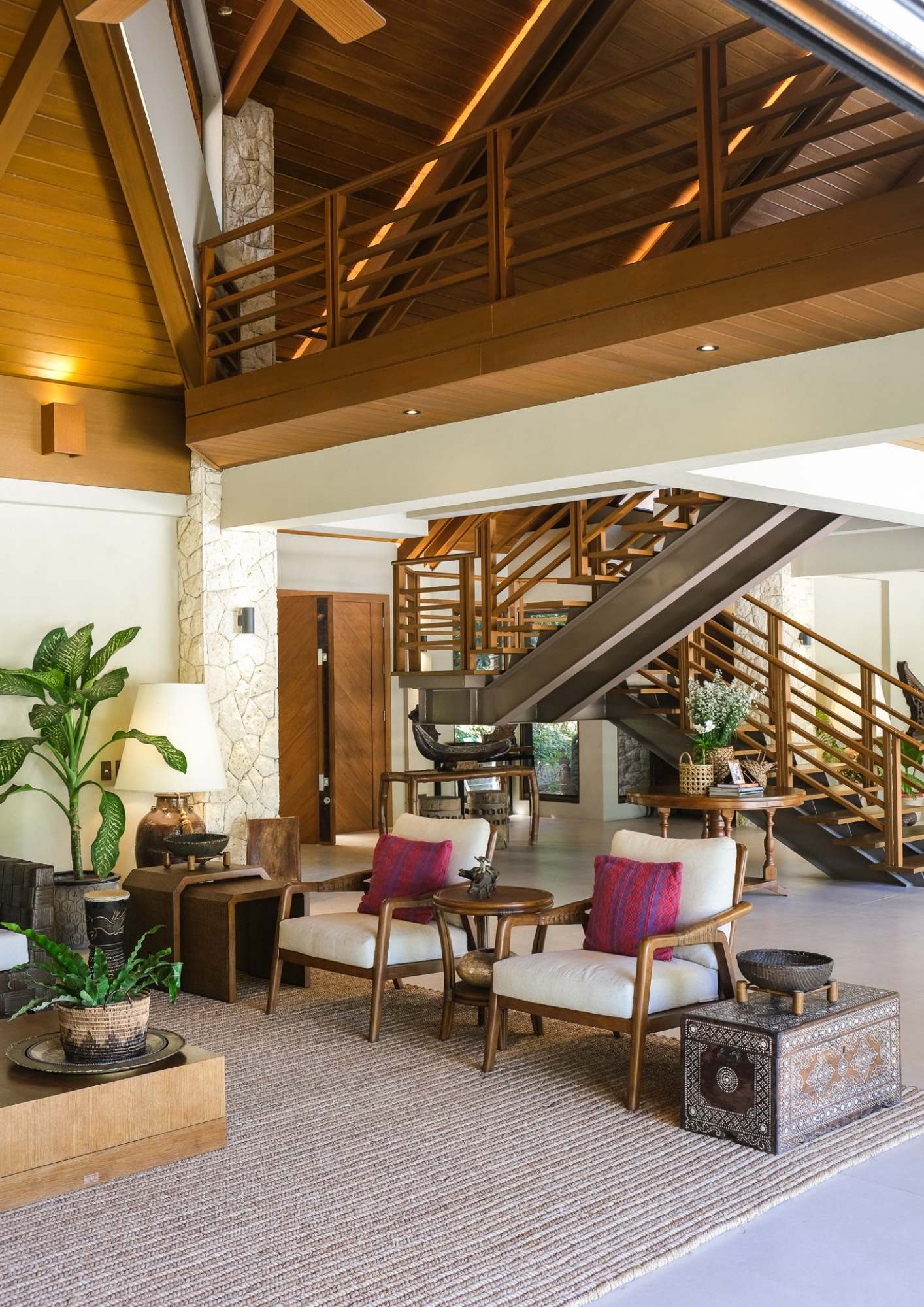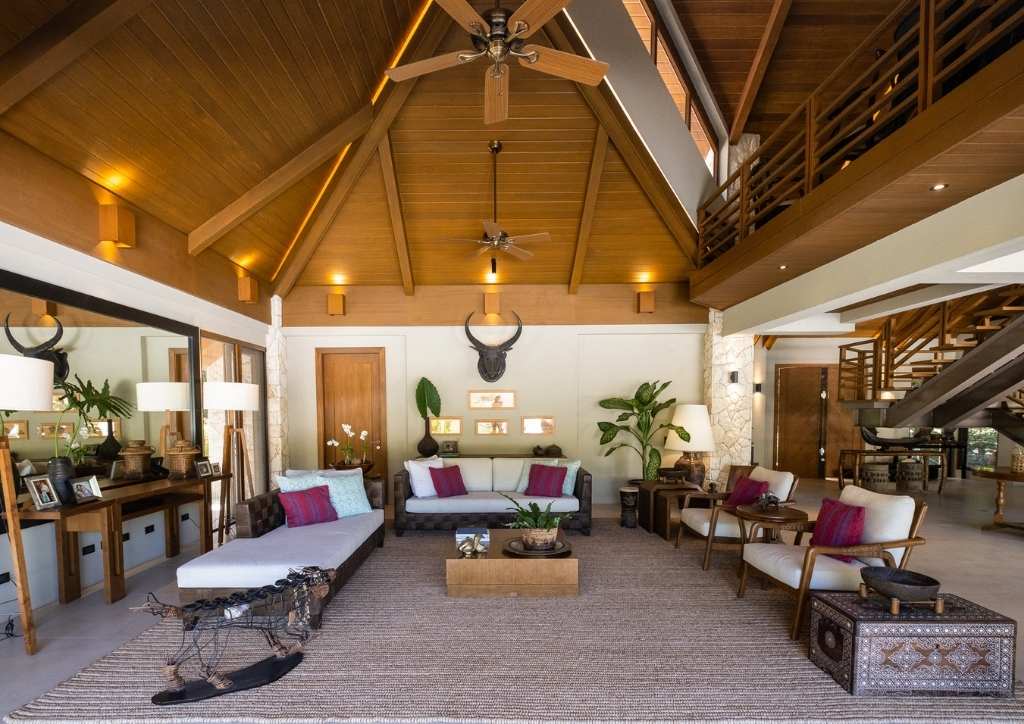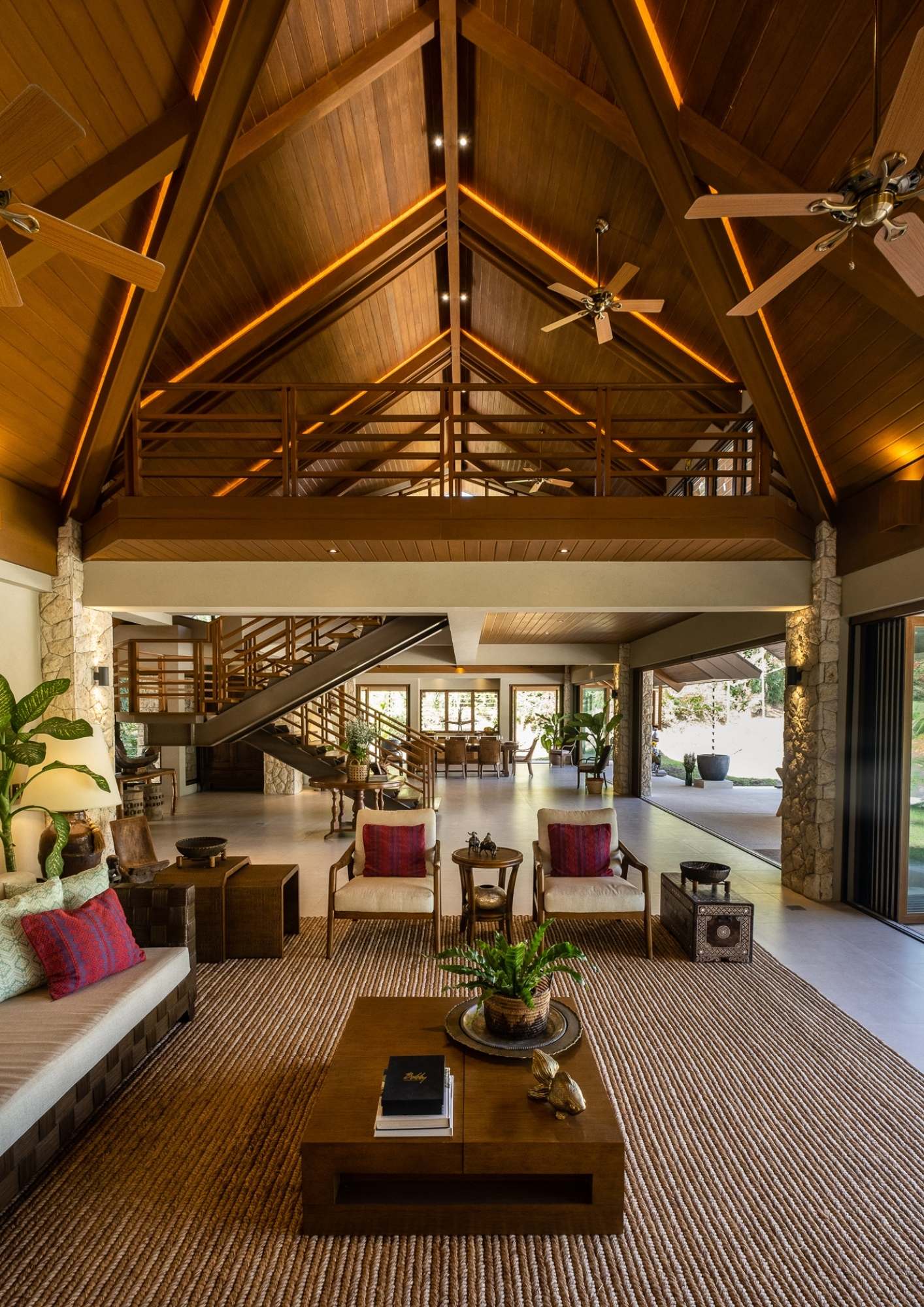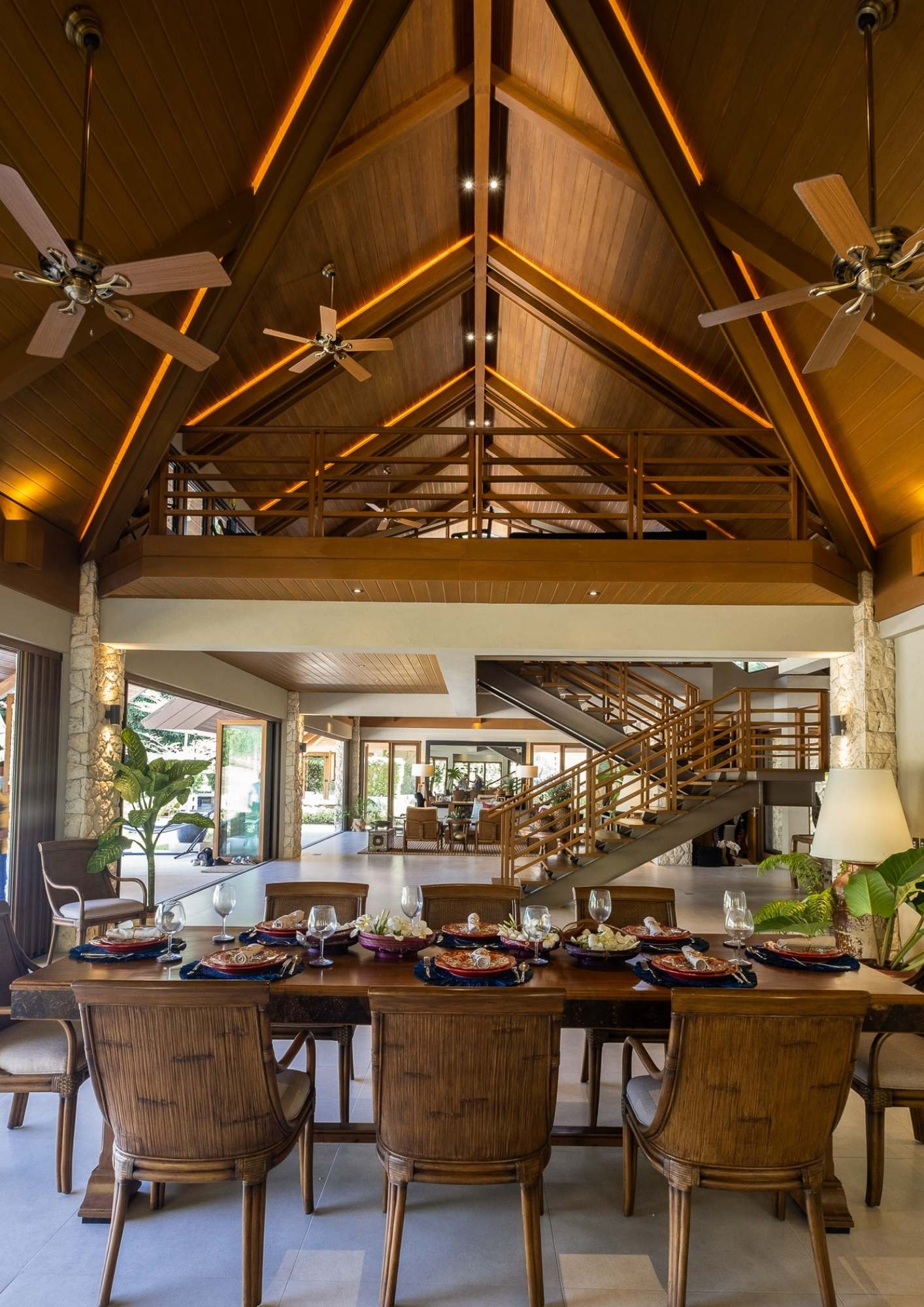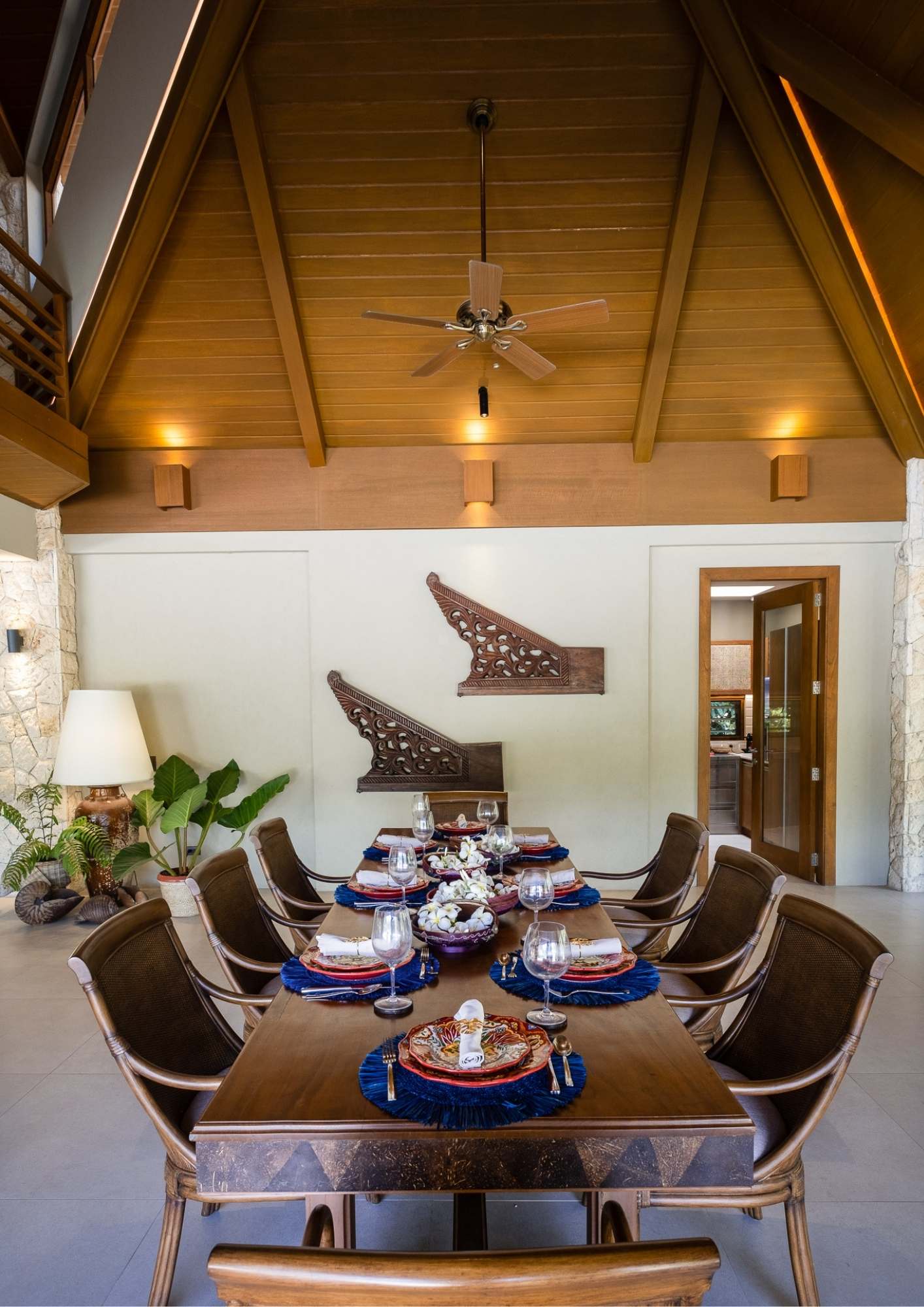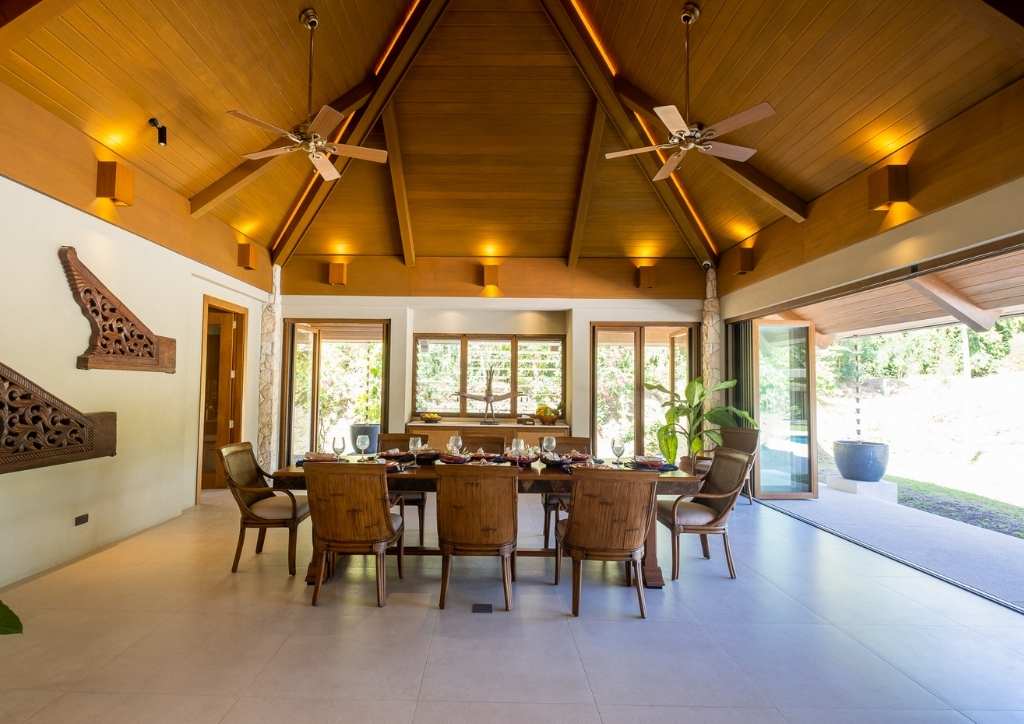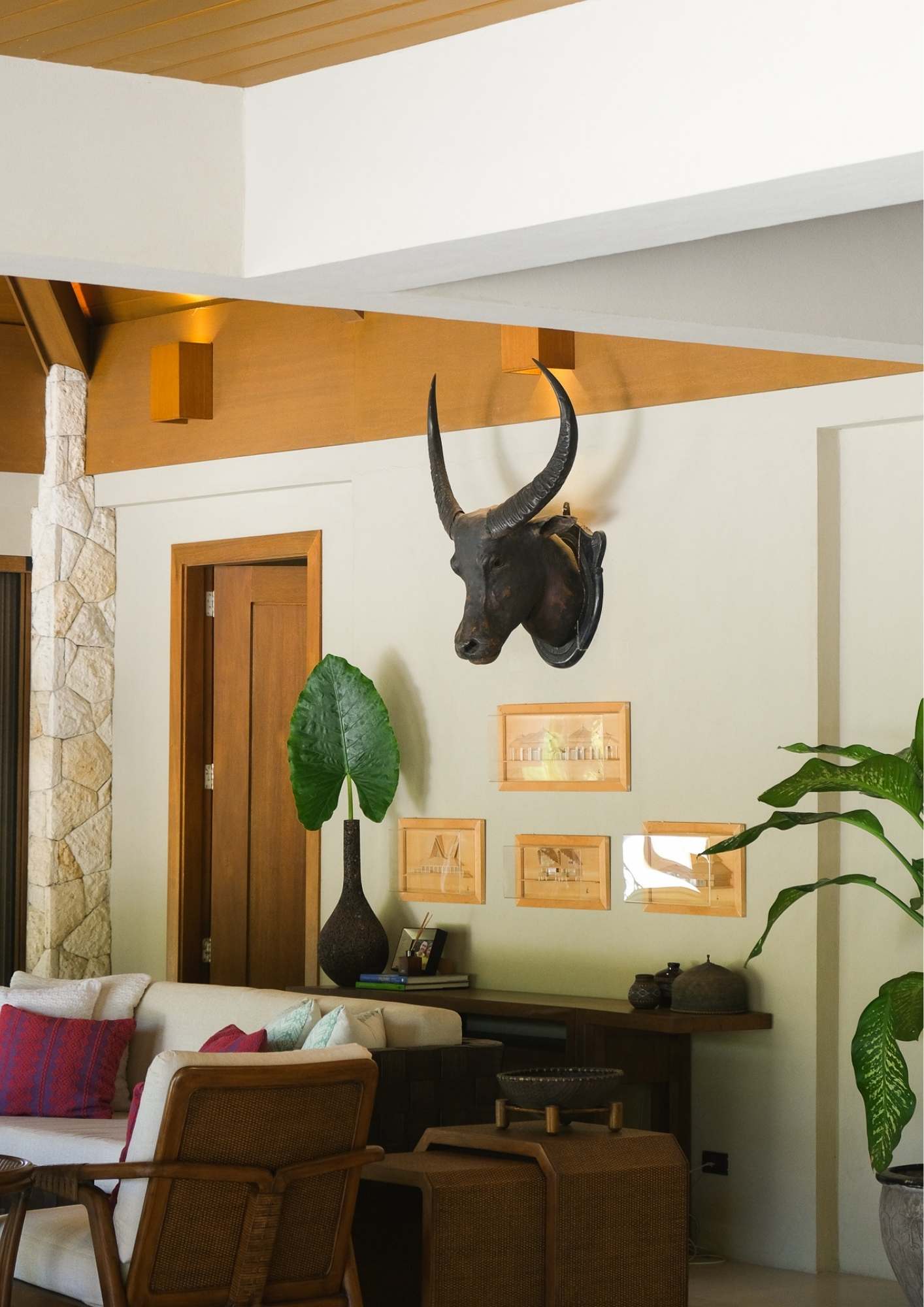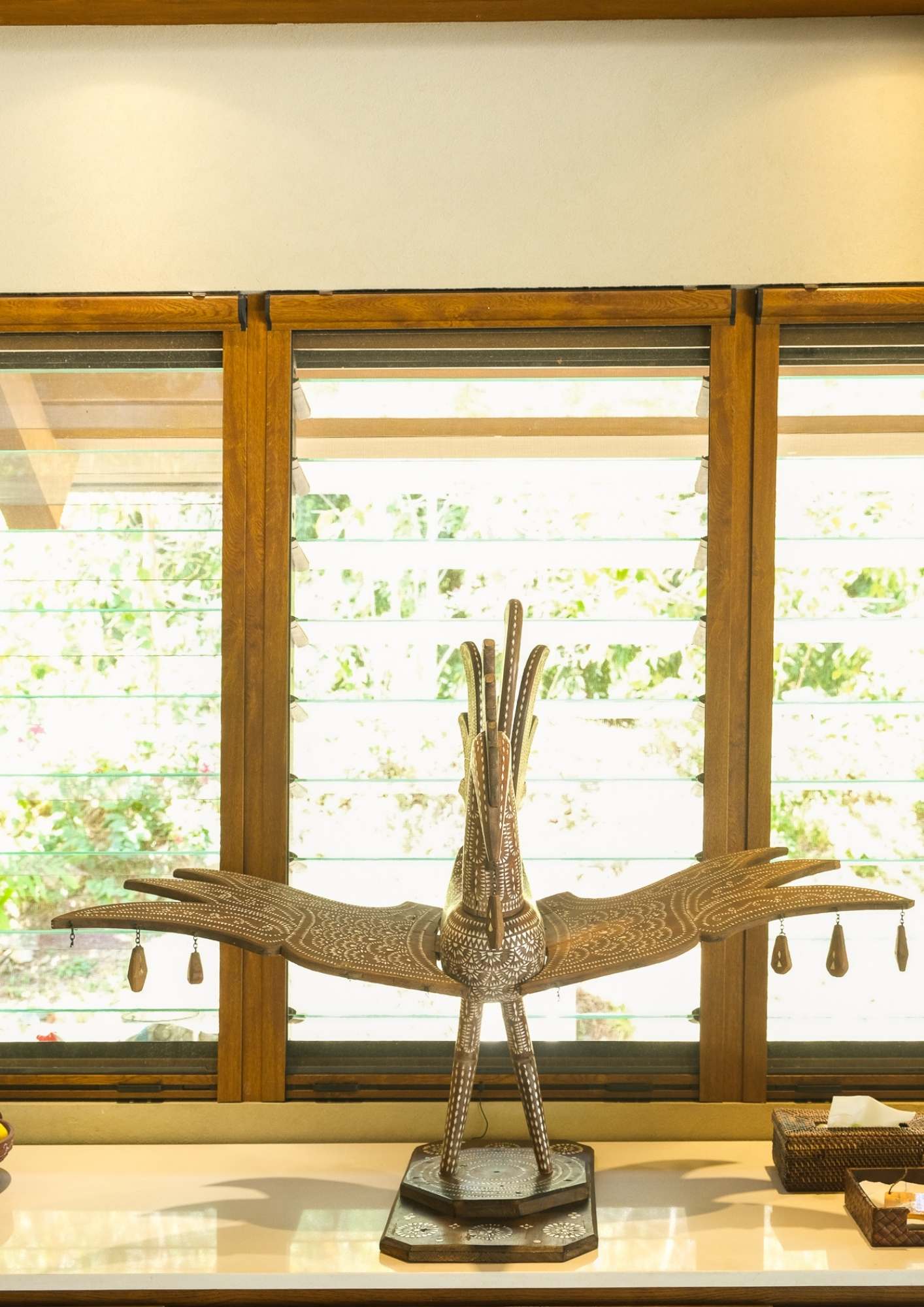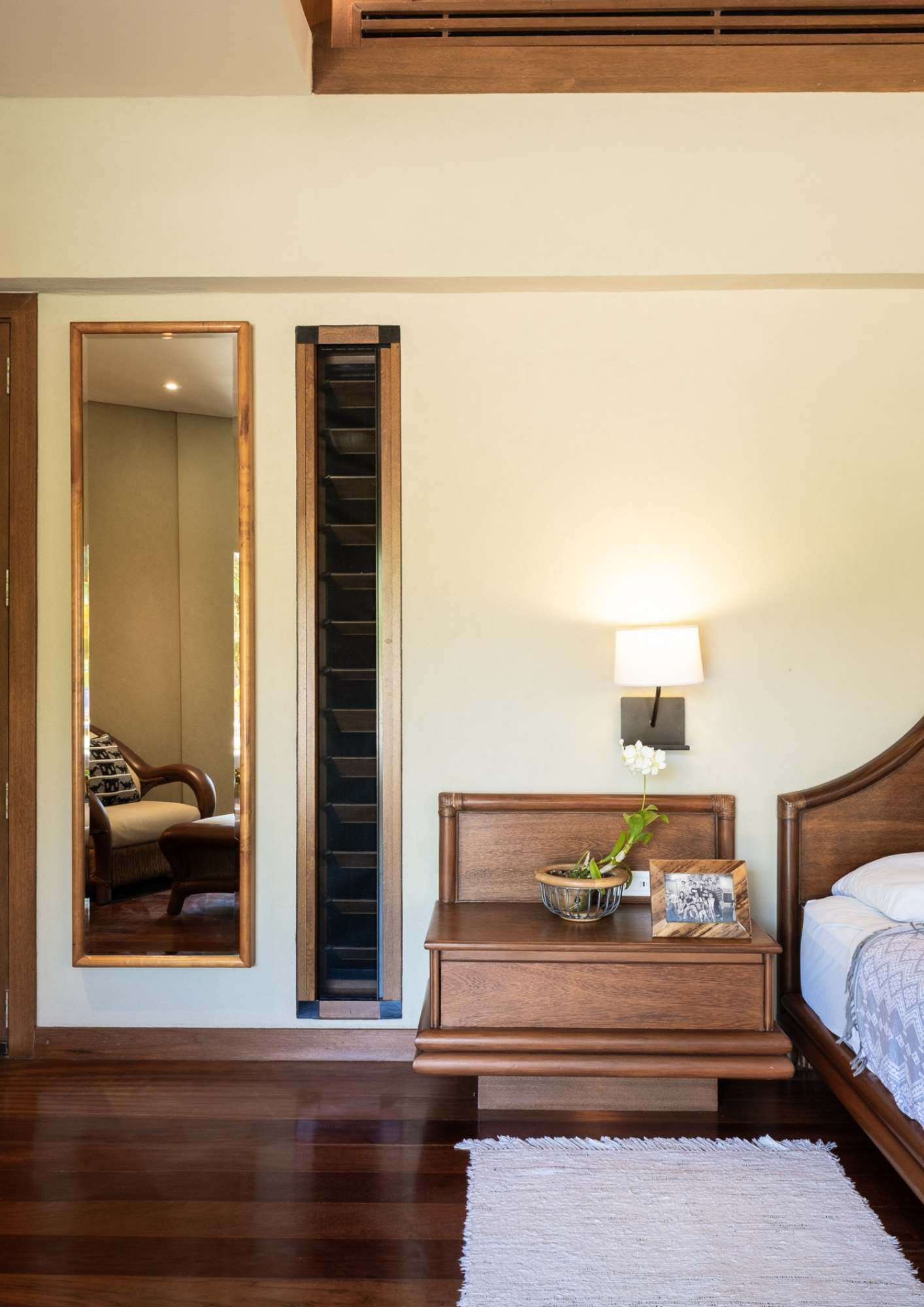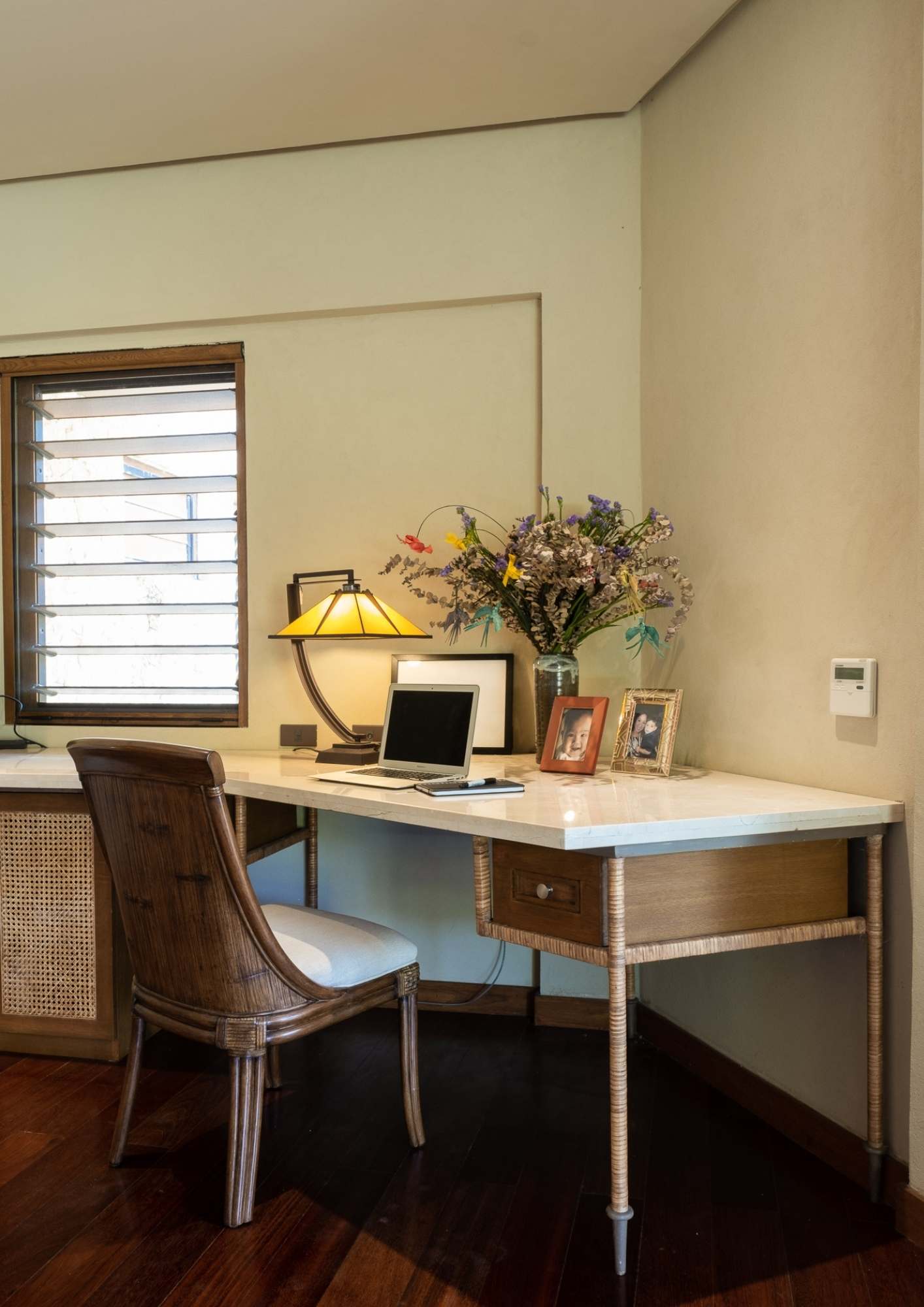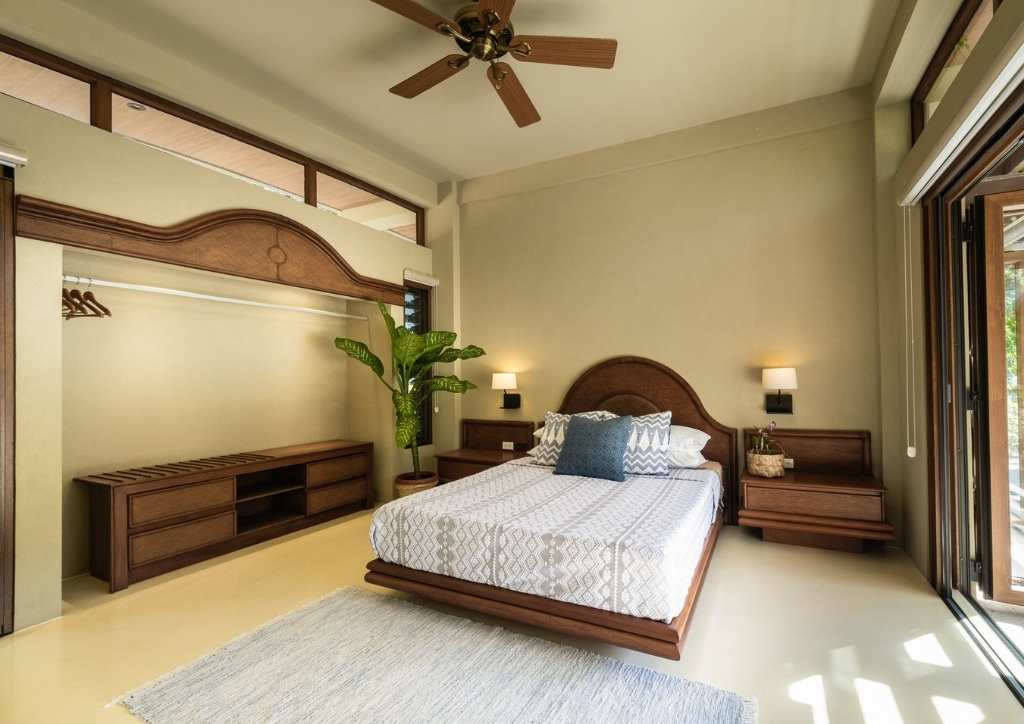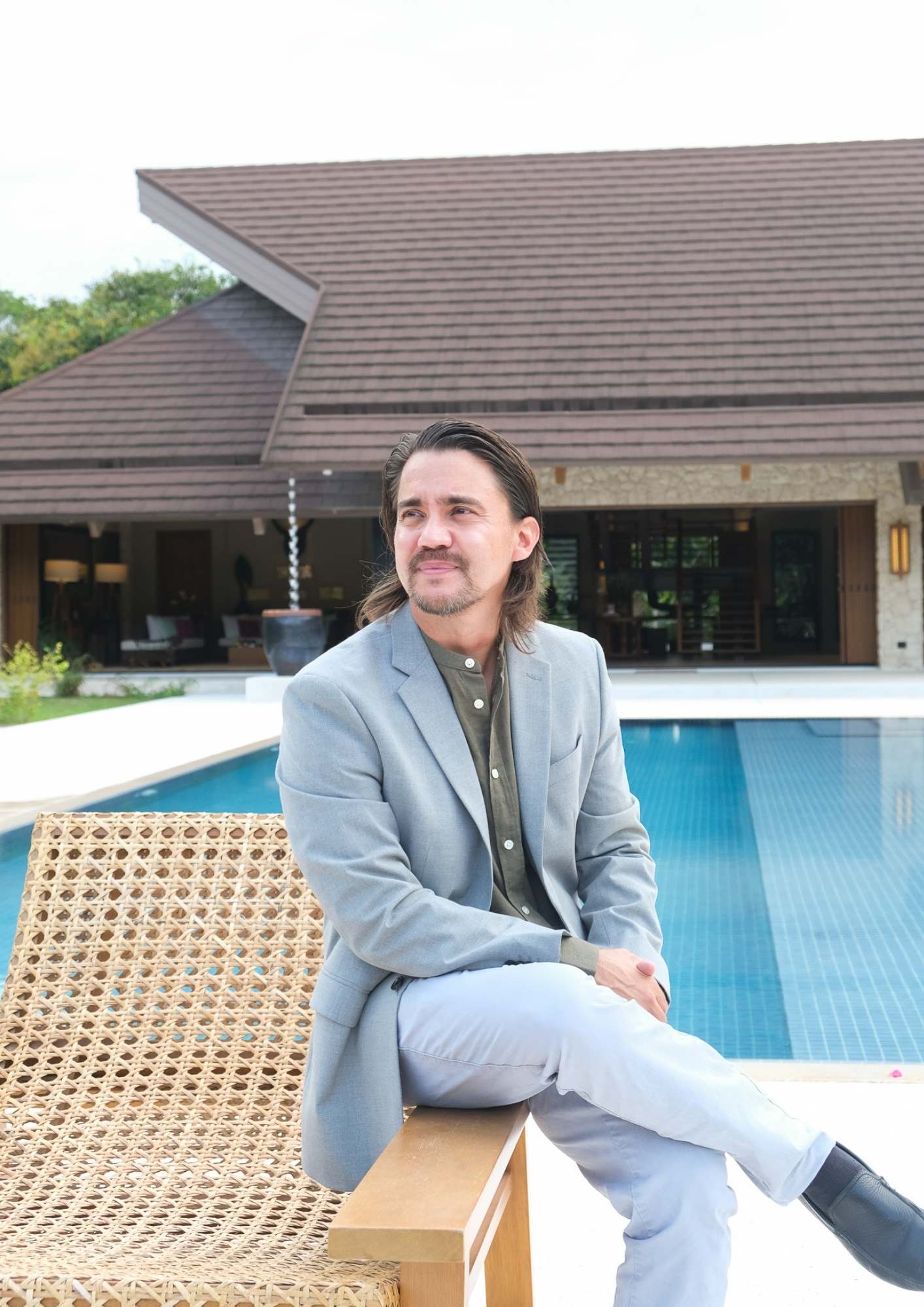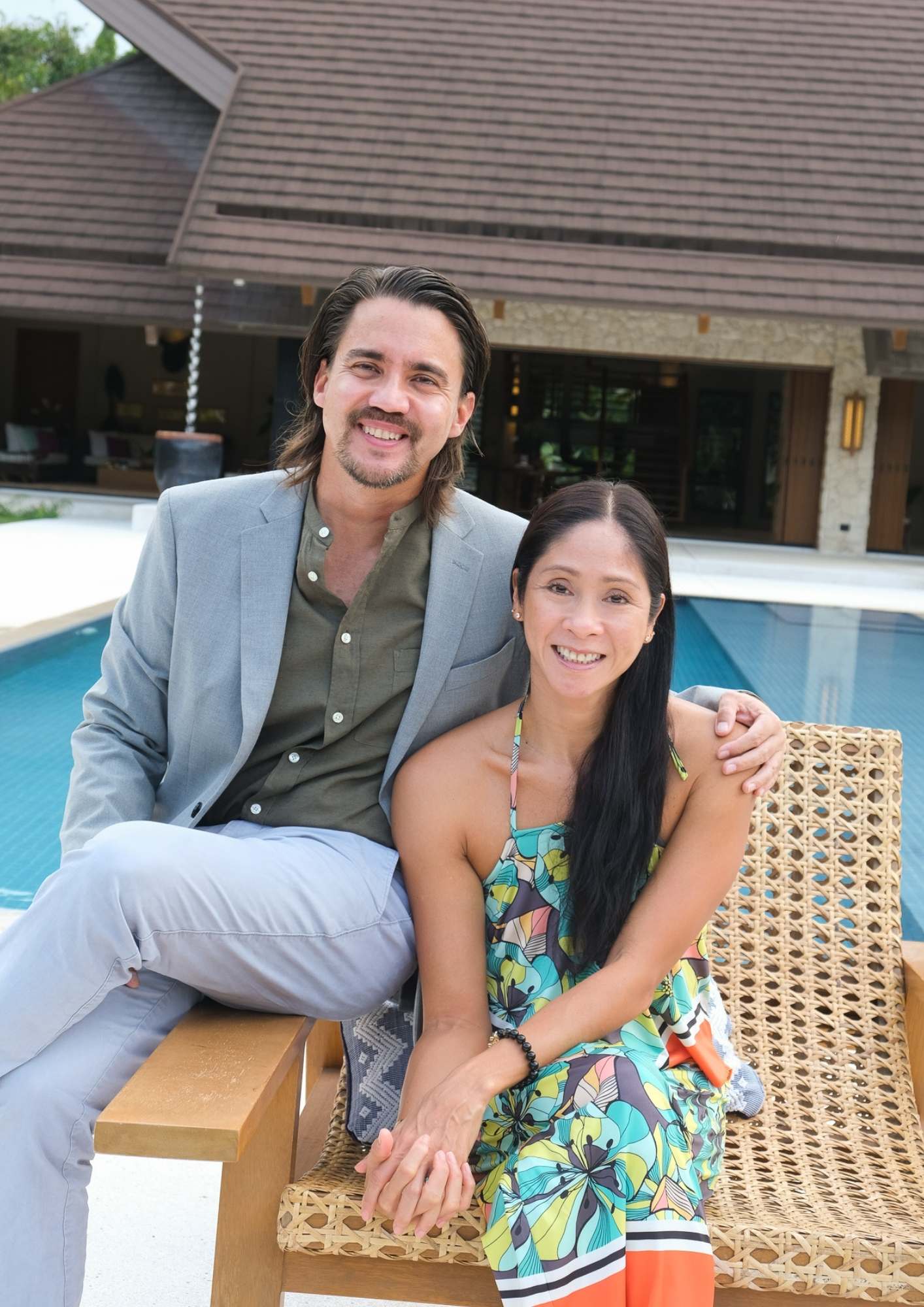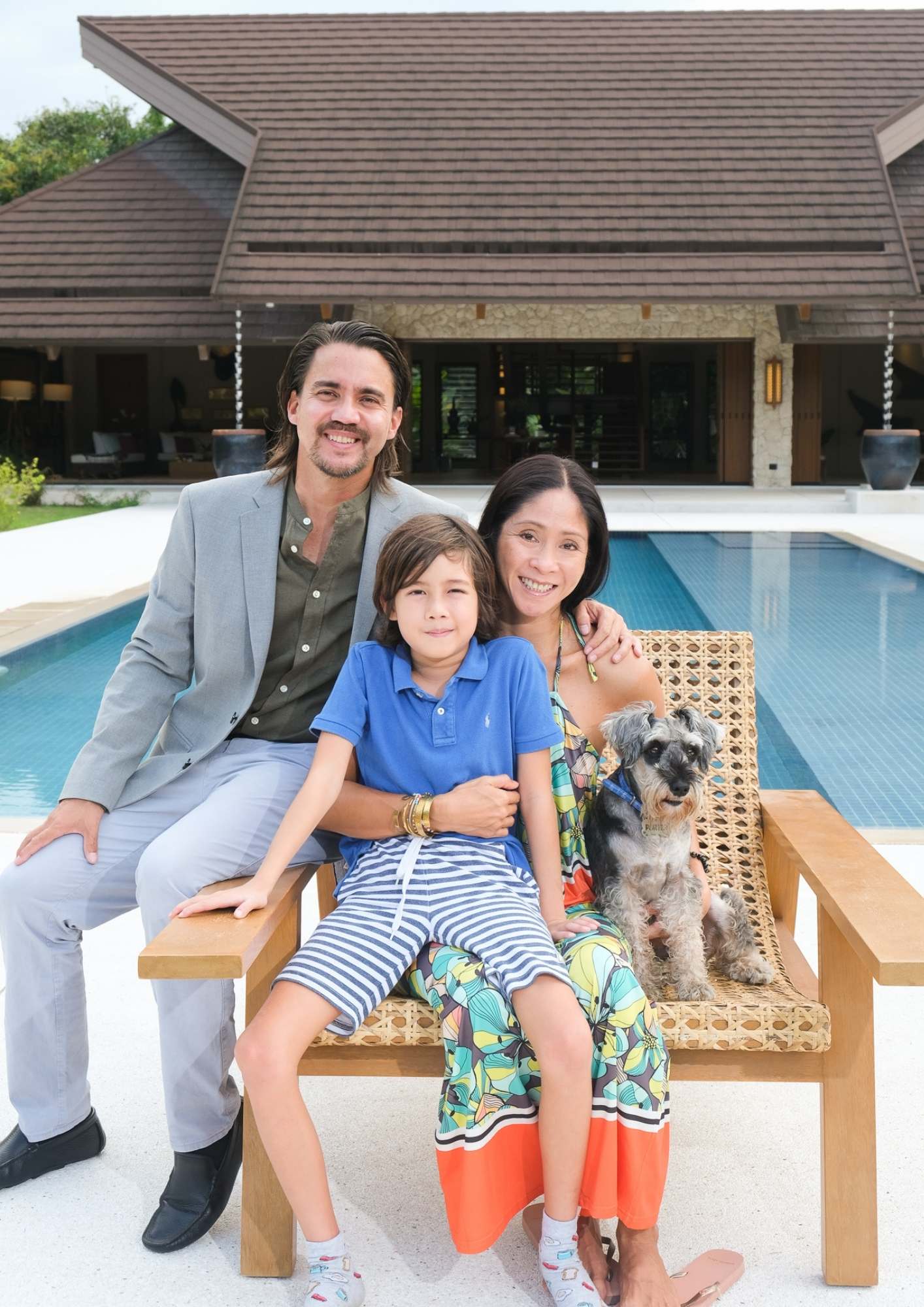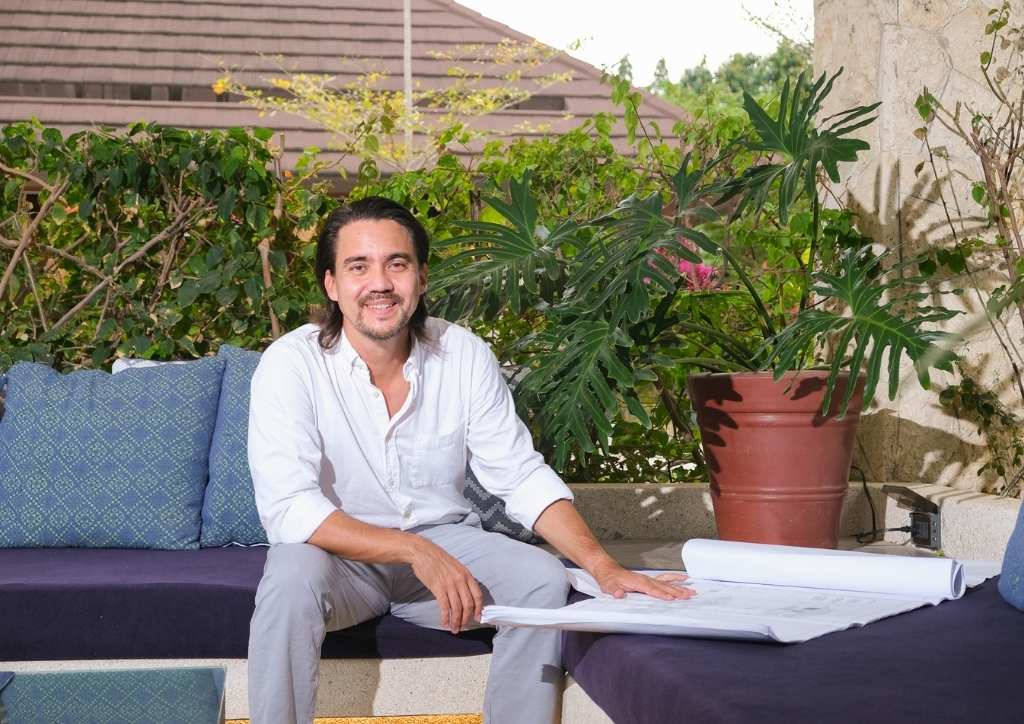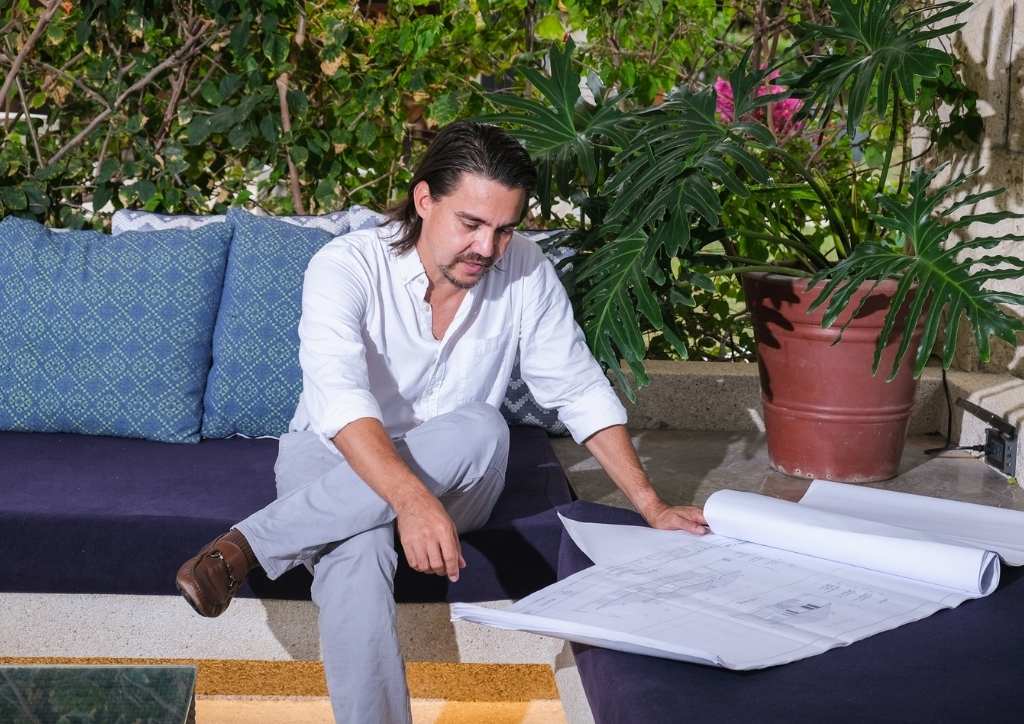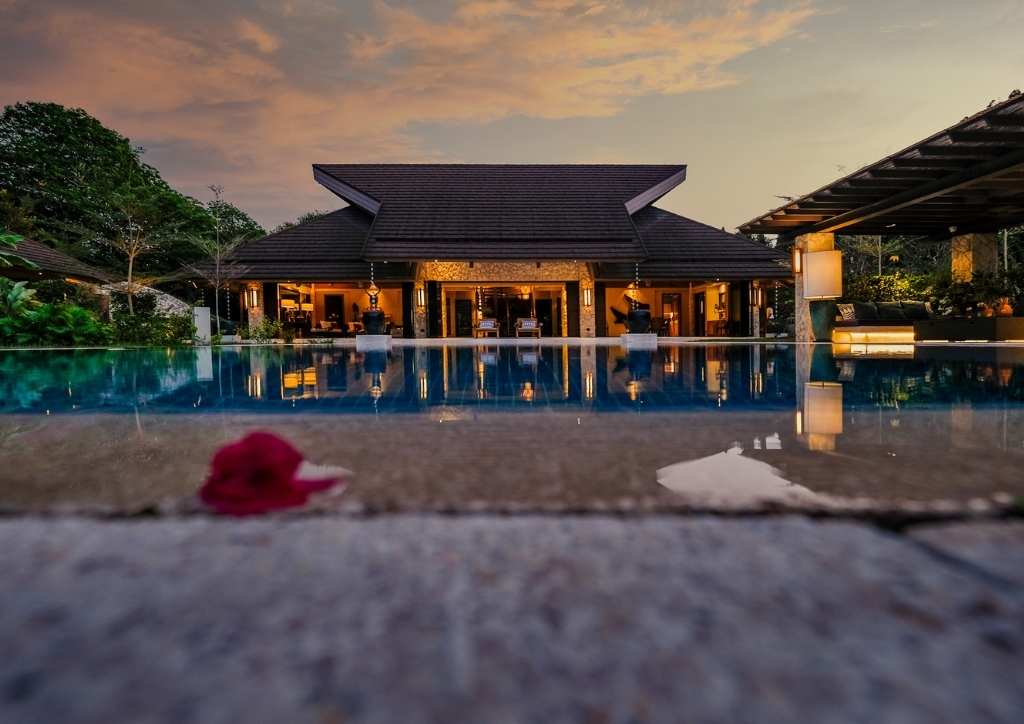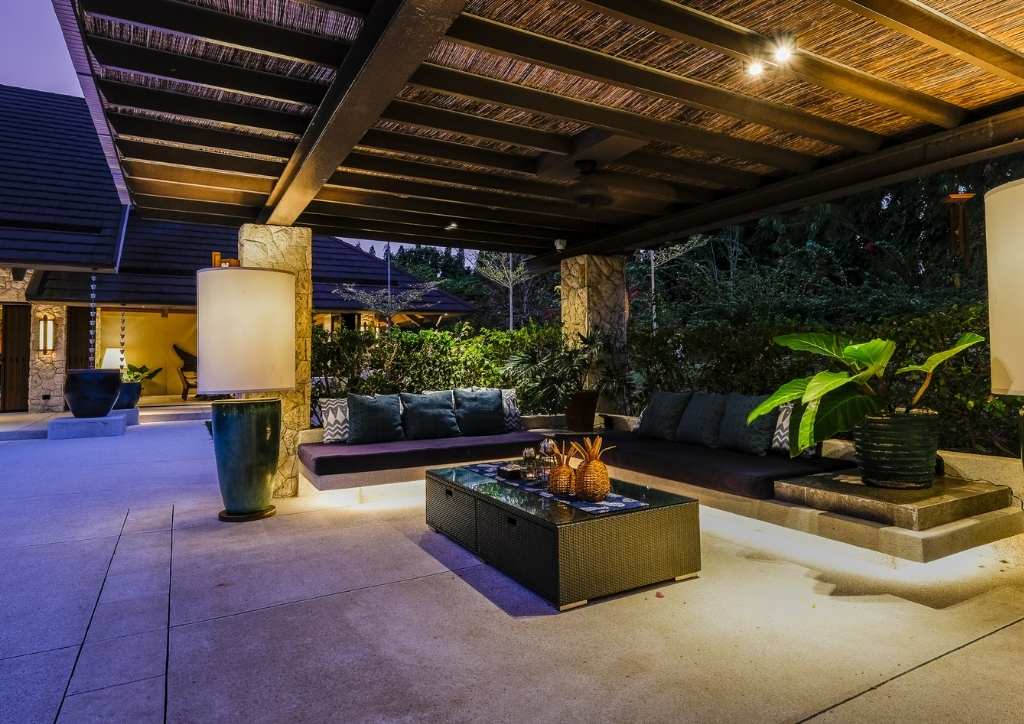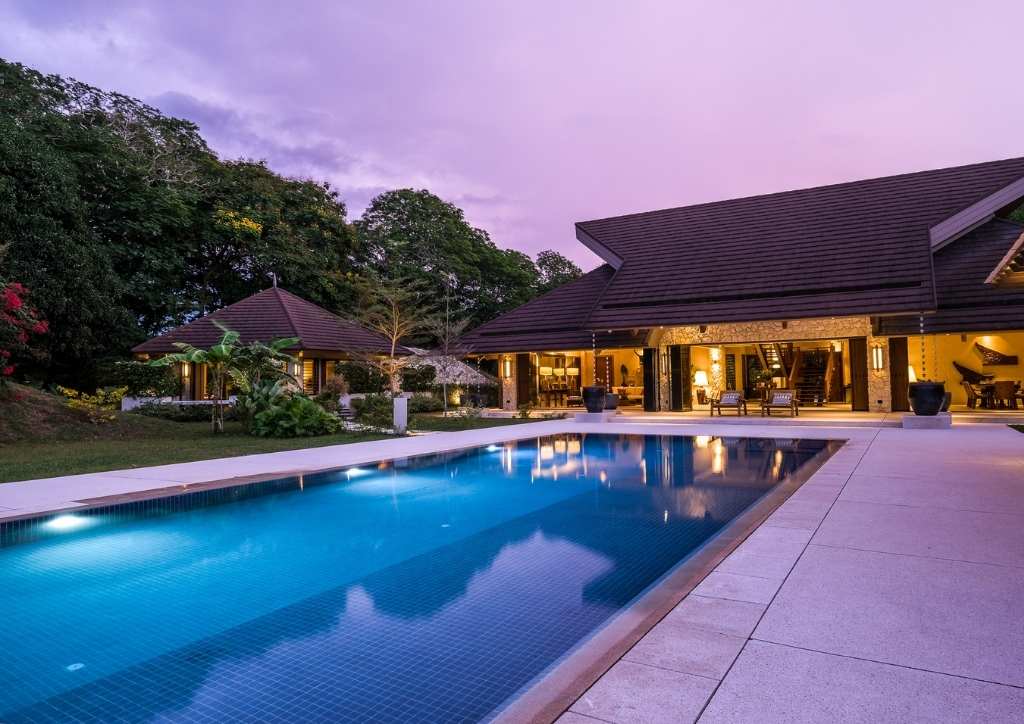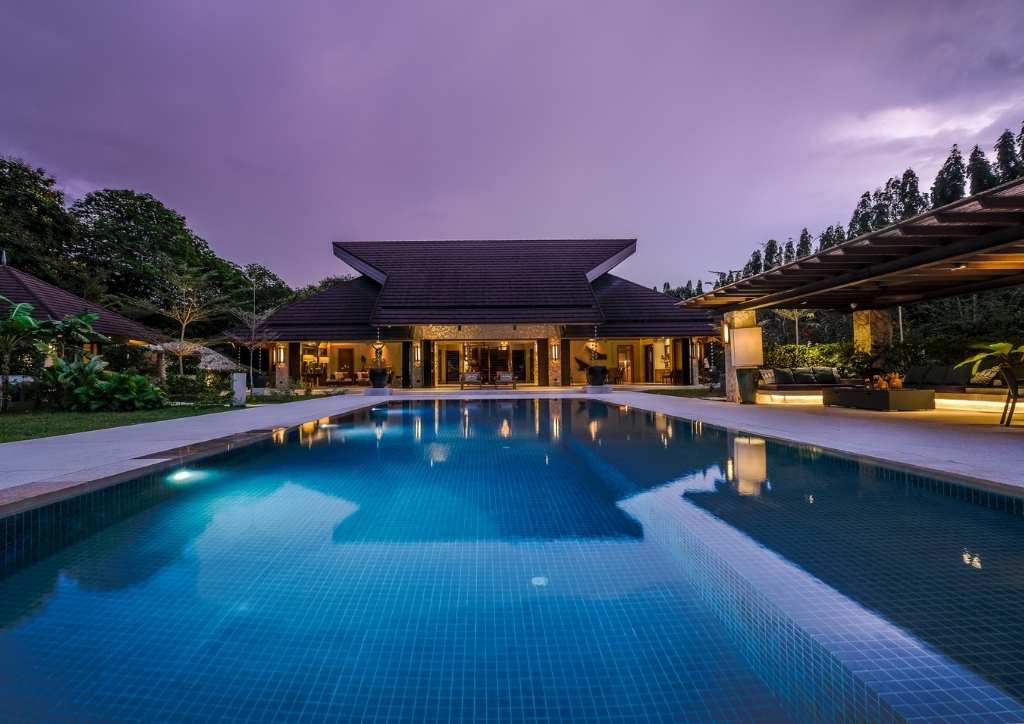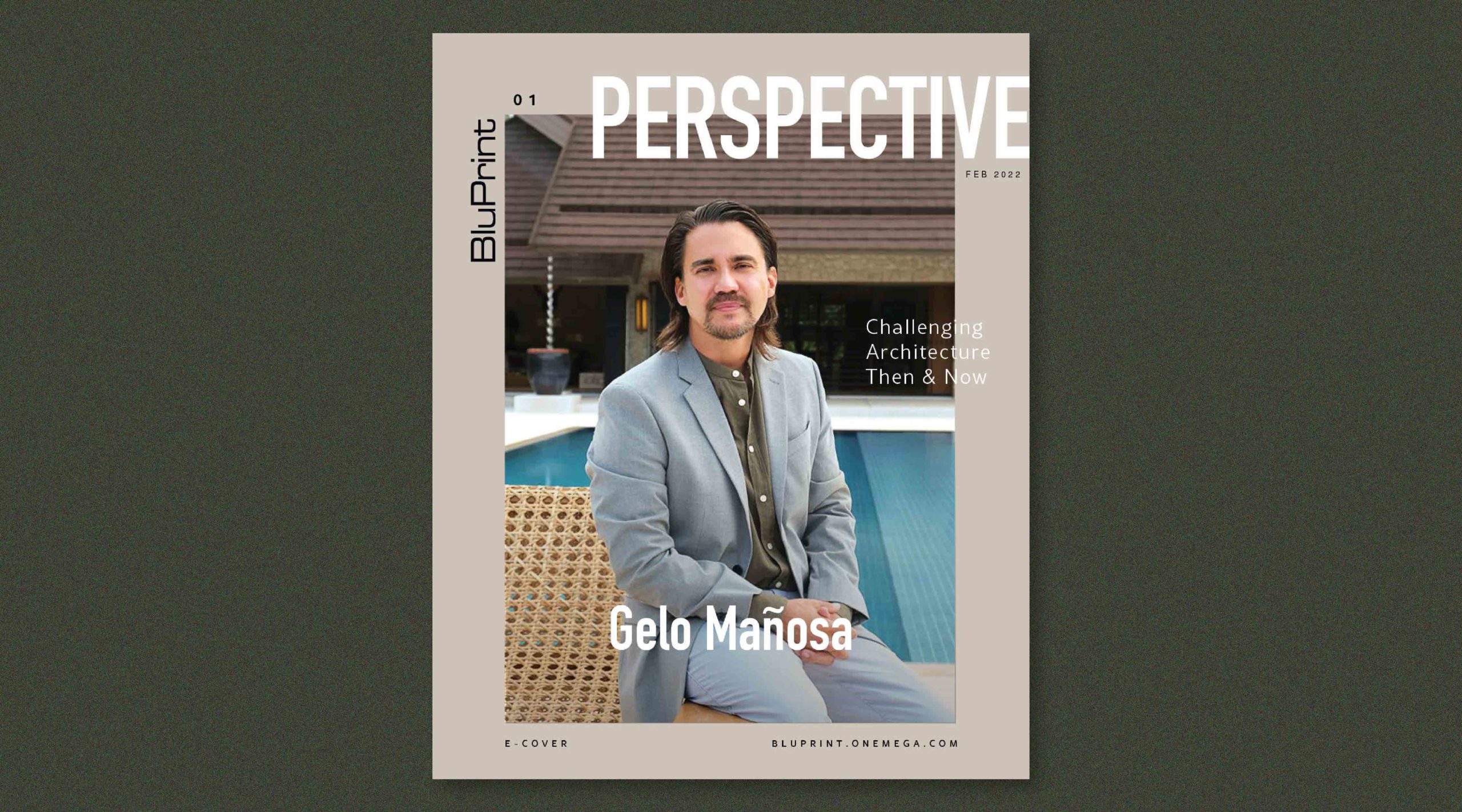
How to Achieve a Goal: Challenging Architecture Then and Now with Arch. Gelo Mañosa
In 2005, Apple CEO and chairman Steve Jobs stood tall before a Stanford graduating class to impart this little bit of wisdom:
“The only way to do great work is to love what you do.”
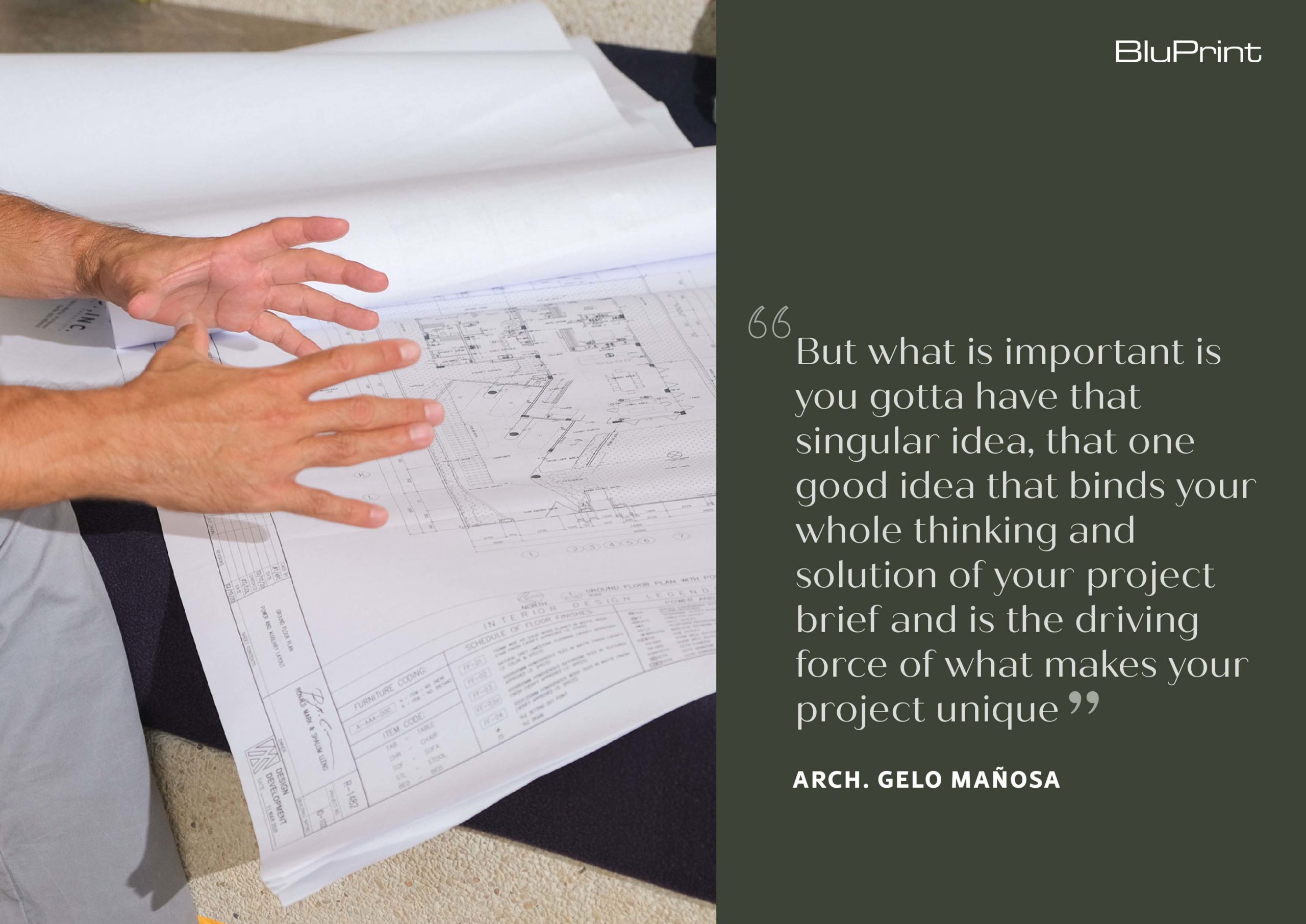
Anyone who has preferred English class over Math class or vice versa can probably understand how true this phrase is. In another light, you can’t expect a business major with zero writing experience or a passion for writing to make a series of complex yet enjoyable movies that all echo different stories. Conversely, you can’t expect a writer who hisses at numbers to love an accounting job.
According to an article from the University of Southern California, working a job you like and being happy in it can actually boost overall production and make you perform better at your job. People who successfully find jobs that they perfectly fit into are more likely to be optimistic, they learn faster and make fewer mistakes, are highly motivated, and make better business decisions.
In college, we were always told to keep chasing our dreams. Or that, our batch was something special. Adults would tell us that we were kids who would someday leave scuff marks on the world, its people, and their future generations. These marks won’t be removed, just improved maybe still by us, maybe by the next generations inspired by what we leave behind.
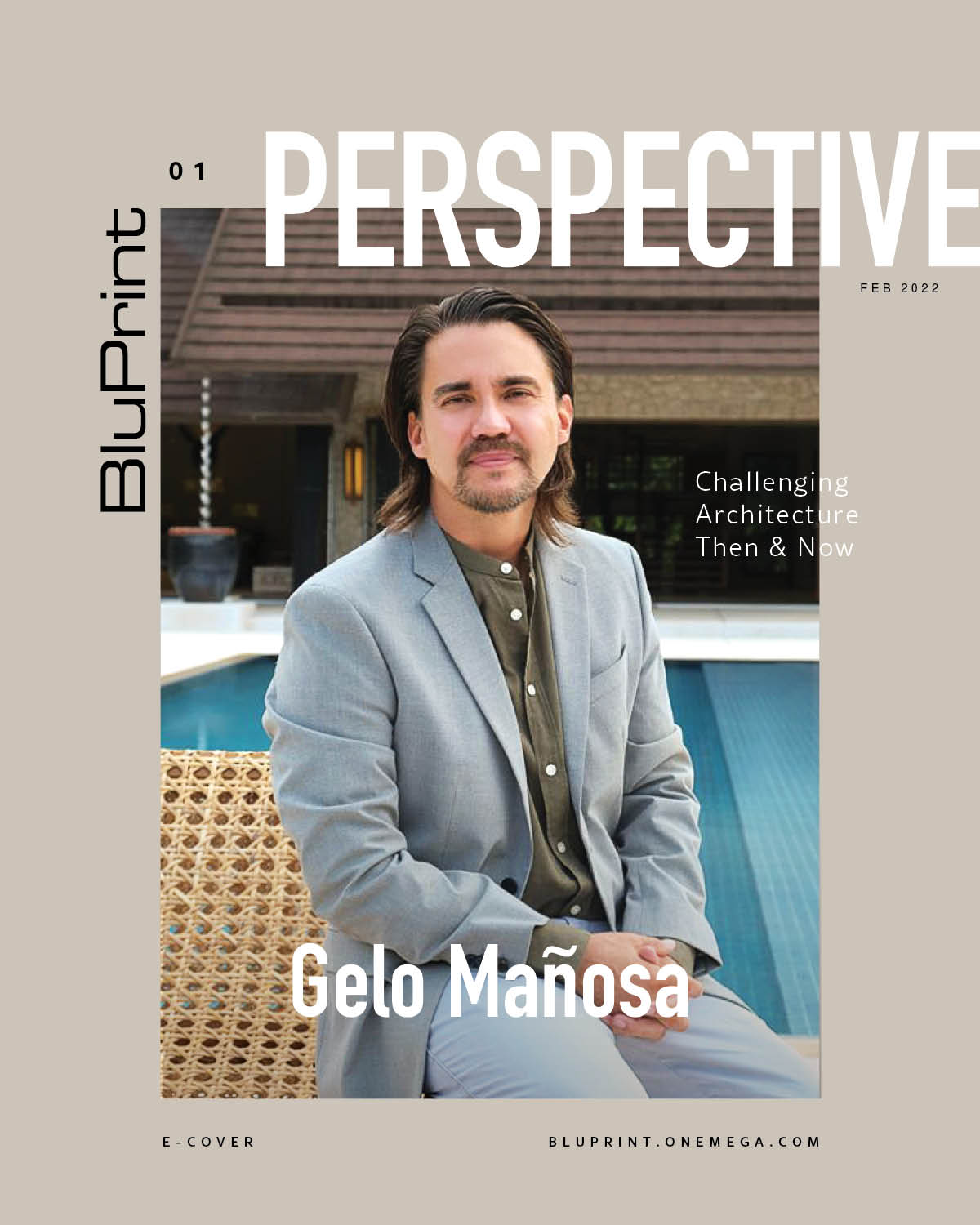
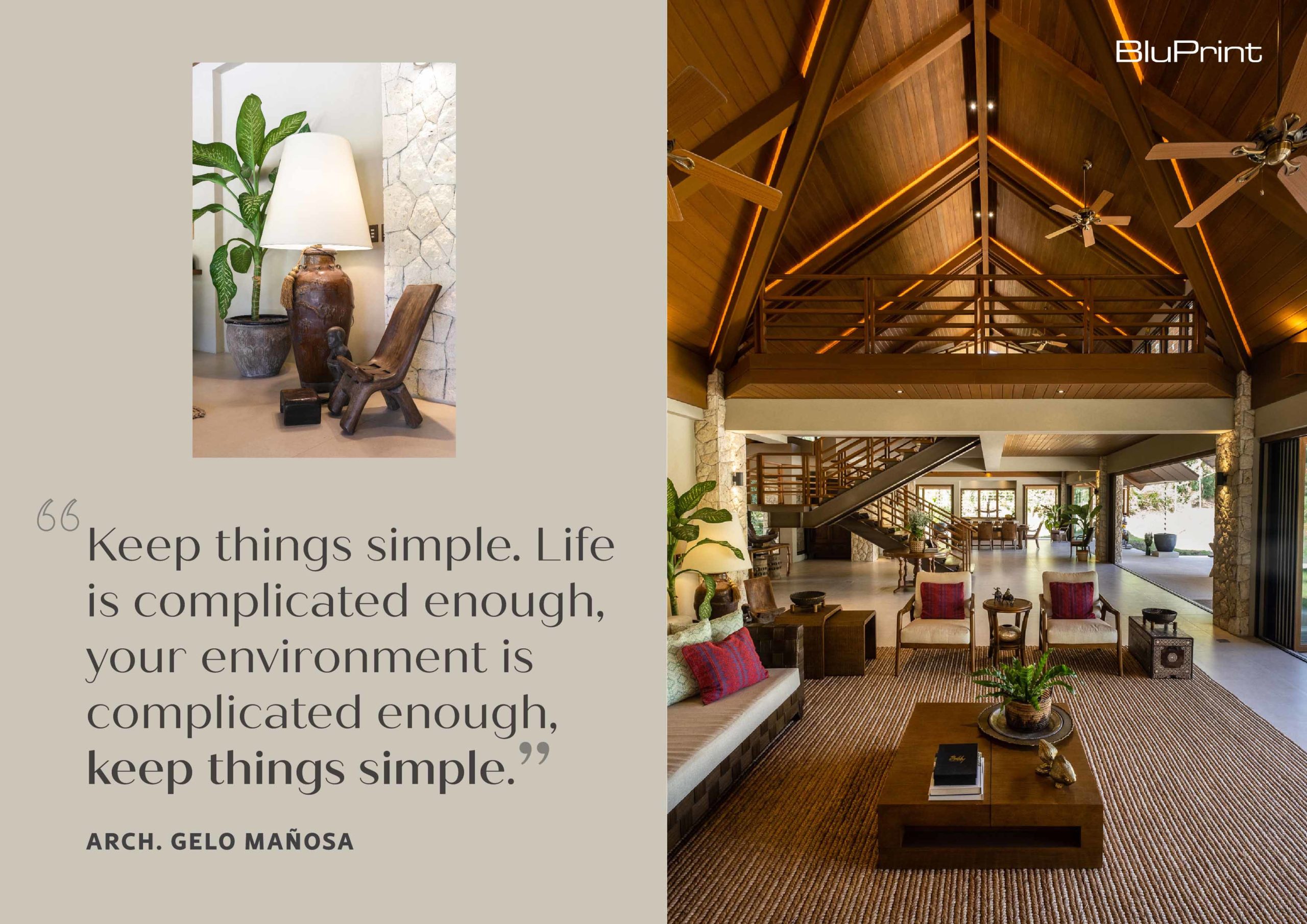

These overwhelmingly optimistic expectations and unbreakable faith from Filipino and English teachers who made school more entertaining and less painful made looking for a fulfilling job one of the priorities. Certainly, reaching your dreams is holding onto that recipe of perseverance sprinkled with endurance. But it’s also important to have that intrinsic hunger for the dream that has the power to transform your thoughts. If that hunger is strong enough, it can probably transform most difficulties into enjoyable challenges.
An interview with architect Angelo “Gelo” Mañosa of Mañosa & Company certainly gave me assurance that this hunger is a strong force to be reckoned with. In this sit-down at his newly-built residence in Calatagan, Batangas, I found out more about his creative process, both for his own home and client projects.
Building a Mañosa home
The residence, which sits on a one-hectare lot, is divided into simple components. These include the living pavilion, the owner’s casita, the guest pods, a middle pool, and the pergola on the one side.
“We wanted to create a very unique roof as the main pavilion so if you look at building hierarchies, the living pavilion would be the most prominent building and I wanted some volume of space on that to allow hot air to dissipate from the roof so we created vaulted ceilings so that you get cool air, breezes coming in from the bottom, pushing the hot air up and out of the living pavilion.”
This living pavilion’s simple design includes one area for the living room, another for the dining, and the kitchen. There’s also a mezzanine level for the gaming area where kids are free to play. The guest pods, which use earth mass to help cool the rooms, flank this pavilion.
Among the home’s many notable features is the use of earth mounds throughout the house. The bedroom’s bathroom in particular, uses an earth mound design as well. But it also makes use of a wind tunnel to take effect at the back of the space. A roughly 12×13 meter stretch, it’s a part of the area where wind captured passively through the wall goes down the corridor. The earth mass also cools the wind and flows into the owner’s casita.
“The beautiful thing about earth mass is that it keeps the rooms cool better than any insulation material. It’s the best insulation material you can have. So the rooms stay cool throughout the day and it’s also a design that I wanted which would kind of typhoon-proof the structure so winds do not affect it directly.”
“…I have this little sliver of a window…I get air pushed into this window and it comes out quite cool cause I’m using the soil and the earth mass to cool the wind temperature. In theory, I thought it was something that would work. Fundamentally, I thought it would work, but I never really knew if it worked or not until I finally built the structure…There’s one time I was quite surprised. When I took the indoor air temp, it was actually quite cooler by about two degrees which is quite significant. I was quite happy with it. Again, playing with earth mass was something I wanted to experiment for myself so when I talk to my clients, I can tell them I’ve done it. It works.”
This Batangas home is not just an epitome of sustainability, but also carries a refreshing Pinoy design.
“We used local stone which was readily available and made the carbon footprints low. We used local indigenous materials as much as we can. Landscapes that we used were also endemic to the area so that kept a lot of the flora and fauna happy…A lot of the birds in the area are actually local and feed on the same grains and fruits that are found in the area. We do have a lot of bees too and they’re happy ‘cause all we did was propagate the natural flora which is available in the area. There are acacia trees, mango trees, and a lot of the local wildflower. We just propagated that. We are enhancing the environment in that way.”
Many of the home’s furnishings are reused Amanpulo’s old furnishings.
“Much of this furniture was actually going out of the island. We were gonna put in new furnishings and some new adjustments. So, I purchased some of the old furniture and kept them in storage, hoping one day, we’d get to it. Again, it’s part of just prolonging the life of these pieces. So we refurbished and reused it, for a lower carbon footprint and greener outlook.”
“As expected, projects like these are the result of passion and requirements to chasing dreams being met.
When making projects that resonate, there are just a few things to remember.”
Love your job
By the time a person has graduated, he or she has probably heard this phrase once or twice. Once you figure out what you like and work in it, difficulties will transform into challenges you’d be more than willing to break through. For Arch. Gelo Mañosa who practically grew up in the temple of architecture where giants like his own father and National Artist for Architecture, Francisco “Bobby” Mañosa wandered, it was probably quite easy to find enough inspiration to fuel his love for the practice.
When asked about his most difficult days as a young architect, Arch. Mañosa revealed how strong his passion for architecture truly is.
“…Anything related to work, it was more of a challenge.” says Arch. Mañosa, “As a young junior architect, you’re drawing details and stuff. If you did not know how to draw detail or if you’re stuck being able to design detail…I didn’t look at it as a difficulty. It was more of a challenge, so it was actually fun. Dealing with clients as well. I’d occasionally be allowed to deal with clientele, and coordinate with them. That actually, I found fun to do. So the difficulties for me in architecture had nothing to do with architecture. All the difficulties were really all the indirect environments that architects had to be in. Even tight deadlines and hyperactive projects were really more of a challenge and I really did enjoy immersing and doing the long hours…the no sleeps in the office. I really did not find them difficult, it was really fun.”
Arch. Angelo Mañosa got his degree in architecture from the University of Santo Tomas in 1997. By 2000, he moved on to get a Masters in Design Science, Concentration on Design Computing from the University of Sydney, New South Wales. Even as a student, Gelo Mañosa was already working back in 1991 as an Apprentice Architect for Francisco Mañosa and Partners. For Mañosa, finding a job he loved was already a step he’d passed with flying colors. By entering a job that accommodate his passions, he also stepped into a world where people who shared the same passion were willing to meet him more than halfway.
Find the right people
“The best days for me working in the office of course was pretty much working with my team. Designing, collaborating, innovating…and after a good day’s work, being able to turn over the project to a happy client…that really made the daily commute worth the trouble, I guess (laughs). It was really immersing in the creative environment with different facets of people contributing, coming up with different solutions.”
In an environment lit by equally passionate and exhilarated minds comes the possible birth of a breathtaking project.
“At some point, you end up having that “A-ha!” moment where you know you found the right solution and you were convinced that that was the right way to go. You just had to put it on paper and convince your client about it. That for me was the exhilarating thing about being an architect.”
“And once you come up with an idea, you draw it on paper, and then you see it actually built? As a jr. architect, even if you’re having a just table built, a wall panel, a ceiling design, a sunshade detail…and then you see something you’ve drawn actually built, it really has this overwhelming happy feeling…Seeing that fulfillment happen? I think that really is the most satisfying pleasure an architect has even more than the compliments you get from people who’ve actually experienced it.”
By the time one has gained a job they’re passionate about and combined it with people who share the same goals, projects that require constant inspiration start to come in. Even if these projects don’t necessarily involve daily work, they still require constant inspiration. It’s especially the case in a creative field like architecture.
Find your muse
The world is vast and humanity is only a small variable in it. Finding one’s inspiration might not be such a far reach. For Arch. Mañosa, inspiration comes from all around them.
“If we’re designing local, it could be a region, an indigenous people…it could be indigenous materials, the natural environment…really almost everything. Our local culture, tradition, the bahay kubo. But what is important is you got to have that singular idea, that one good idea that binds your whole thinking and solution of your project brief, and is the driving force of what makes your project unique. Sometimes, having too many unique ideas or solutions makes the project quite complicated…Many times, I find simplicity is even harder than a complex idea ‘cause finding one singular idea that binds everything together is much harder to do than coming up with facets of many different solutions.”
This view on simplicity trickles deeper down into Arch. Mañosa’s life motto. To him, it was simple enough that it almost never took up any space in his mind and went straight to manifest in his work.
“Keep things simple. Life is complicated enough, your environment is complicated enough, keep things simple.”
“That’s kind of what we try to do our work. We don’t design based on our ego. We design based on just the simplicity of what needs to be addressed and how we can push the envelope in promoting a singular idea. A singularity that actually promotes our core value which is to design Filipino. And that’s really not that easy to do. But when you do nail it, it’s so fulfilling. So, keep your life simple and design simple, but with a lot of elegance and a lot of class.”
Inspiration also comes in the form of a person or people who share thought processes that are so unabashedly powerful that they become legends in their respective fields. In the field of architecture, the usual legendary names are Frank Lloyd Wright, Oscar Niemeyer, Ludwig Mies van der Rohe, Philip Johnson, and many others that Arch. Gelo Mañosa also looks up to. More recent names include Zaha Hadid, Guz Wilkinson, and Santiago Calatrava. Mañosa mentioned many other names, who he looks up to for their unique way of thinking.
“I think the way they think and the manner of their thinking is unique and absolutely fantastic. I actually had the luxury of being able to work with some of them in some collaborations…Many of them are actually modernists which did speak to me as a young architect. The bold steps they took, the design rationals, again the singular idea which made the project great.”
These names shared one common denominator for Arch. Mañosa.
They weren’t pretentious designers.
“…The past design language just seems so unpretentious, so I like looking at it. The buildings and the functions they served just worked kind of harmoniously with the overall architecture and urban planning. These architects, they kind of flexed their design ideas and not really their egos.”
Looking into the simplicity of their designs, these architects were able to create design forms that, more than 70 years later are still relevant today.
Have a healthy environment
Being in the wrong environment is truly a hurdle in achieving dreams. Looking beyond the office, it’s still important that humans work and live in healthy places that don’t box them in. Even for Arch. Mañosa, environmental problems like traffic was enough of a hindrance.
“Back in the day, our workplace was in the Ortigas area. And we lived in Alabang. Despite having my own vehicle, it’d take me an hour and a half to go to the office. On a daily basis. So that’s one and a half going to and from the office. That was an average of three hours a day, 15 hours a week, 60 hours a month. Divide that 60 by an eight-hour workday, that’d be seven and a half days of a month. I would just be in the car in traffic. And I felt that was actually the most difficult part. You’d spend long hours in the office and then you’d have to do that commute. It really takes a toll on you. And that’s honestly speaking what I found most difficult…”
“The difficulties for me in architecture had nothing to do with architecture. All the difficulties were really all the indirect environments that architects had to be in.”
You may also like: Gelo Mañosa Revives the 1960s Corner House
According to a Business World Online article, Philippine traffic is the 4th worst in the world.
On another hand, the architect also reminds the importance of supporting acts towards sustainability.
“When we design our buildings we try to do this all the time. We look at the environment, we protect it. Even if it’s just a tree, we protect that tree. Don’t cut the tree. We try to make that balance between the natural and built environment and infuse our local culture and what makes it Pinoy. That way you have a very climate-conscious, sustainable building. Which is good for the environment, the people in the building, for the earth, and good for the country because it makes the country richer with a cultural building which eventually becomes a part of our cultural heritage…
“One thing a lot of the LGUs have always neglected are parks. I think outdoor spaces where people can congregate without having to enter a mall for socializing will be a trend. Again, suitability in design is gonna prosper.”
“I think it’s been prospering even before the pandemic. I think it will prosper even more now post-pandemic because indoor air quality is key. So if you can have a building that actually breathes, these are the types of buildings people would prefer to stay in and it’s good for the environment.”
For Mañosa & Company, promoting this is just instinct.
“We eat, sleep, drink it. It’s part of our core value. We wake up every day to showcase the best of Philippine design to the world. We don’t say ‘Philippine architecture’ but say ‘Philippine design’ because it doesn’t matter what we’re designing. The question always runs, how do you make the Philippines better by designing that particular item? How does it tie into your local culture? And that’s what keeps us going and what makes me wake up every day. It’s really showcasing the best of the Philippines to the world…”
Support like-minded people
When asked how architecture has changed in his eyes, Arch. Mañosa happily talked of rising Filipino pride and how people have started to enjoy local goods after years of Francisco Mañosa’s trying to persuade other architects.
“…He was so frustrated trying to convince architects to design Pinoy. He kind of started shifting and focusing on the students and telling them, ‘Design Pinoy, love your country, know who you are, look at the fundamentals of what makes our architecture unique. Innovate on it, change it, and design and create something that is uniquely Filipino.’ I think that the industry has changed for the good. Much better today than before. Before, we were very colonial-minded. We had very “what’s west is best” kind of thinking, and I think that’s changed quite significantly today.”
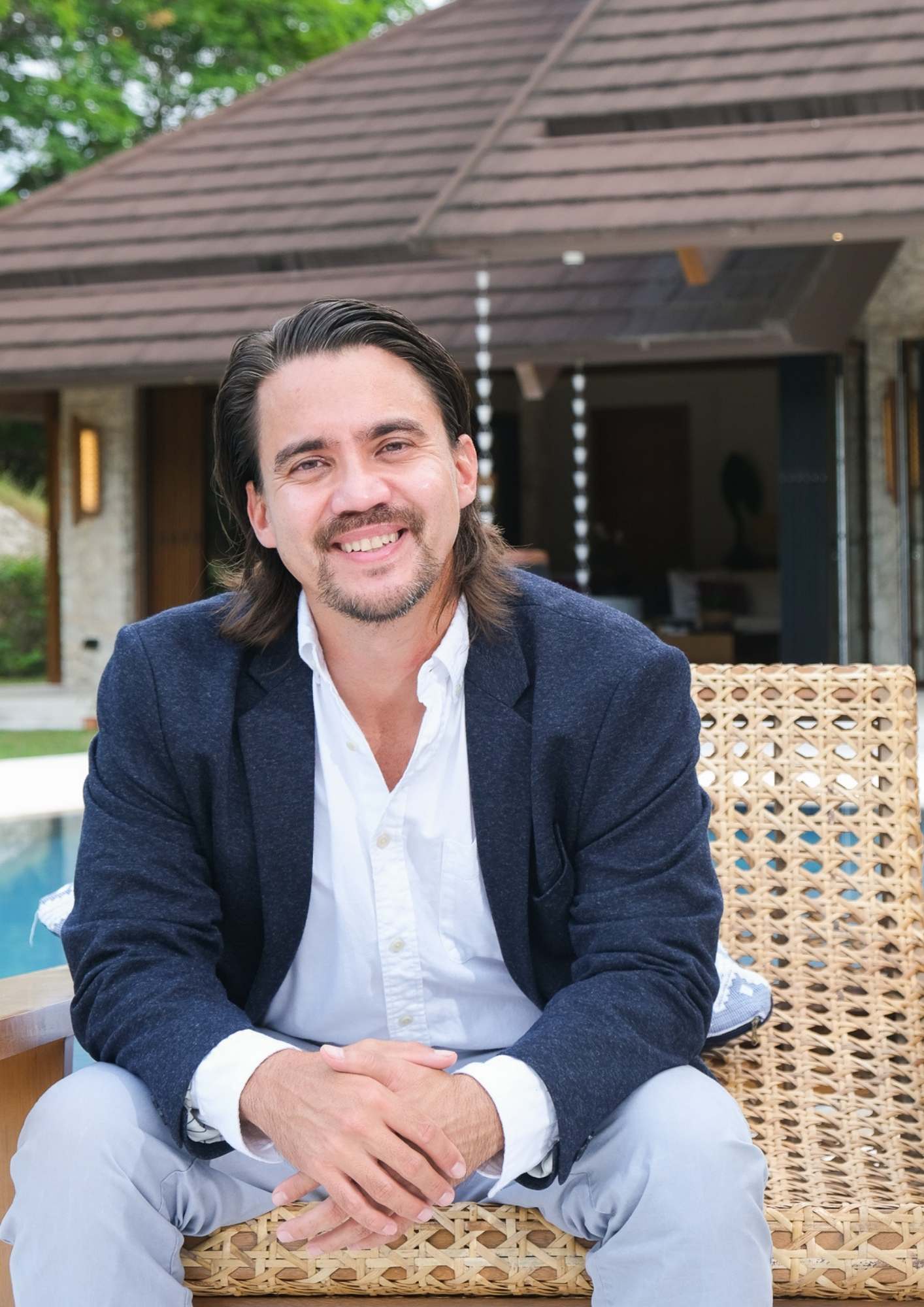
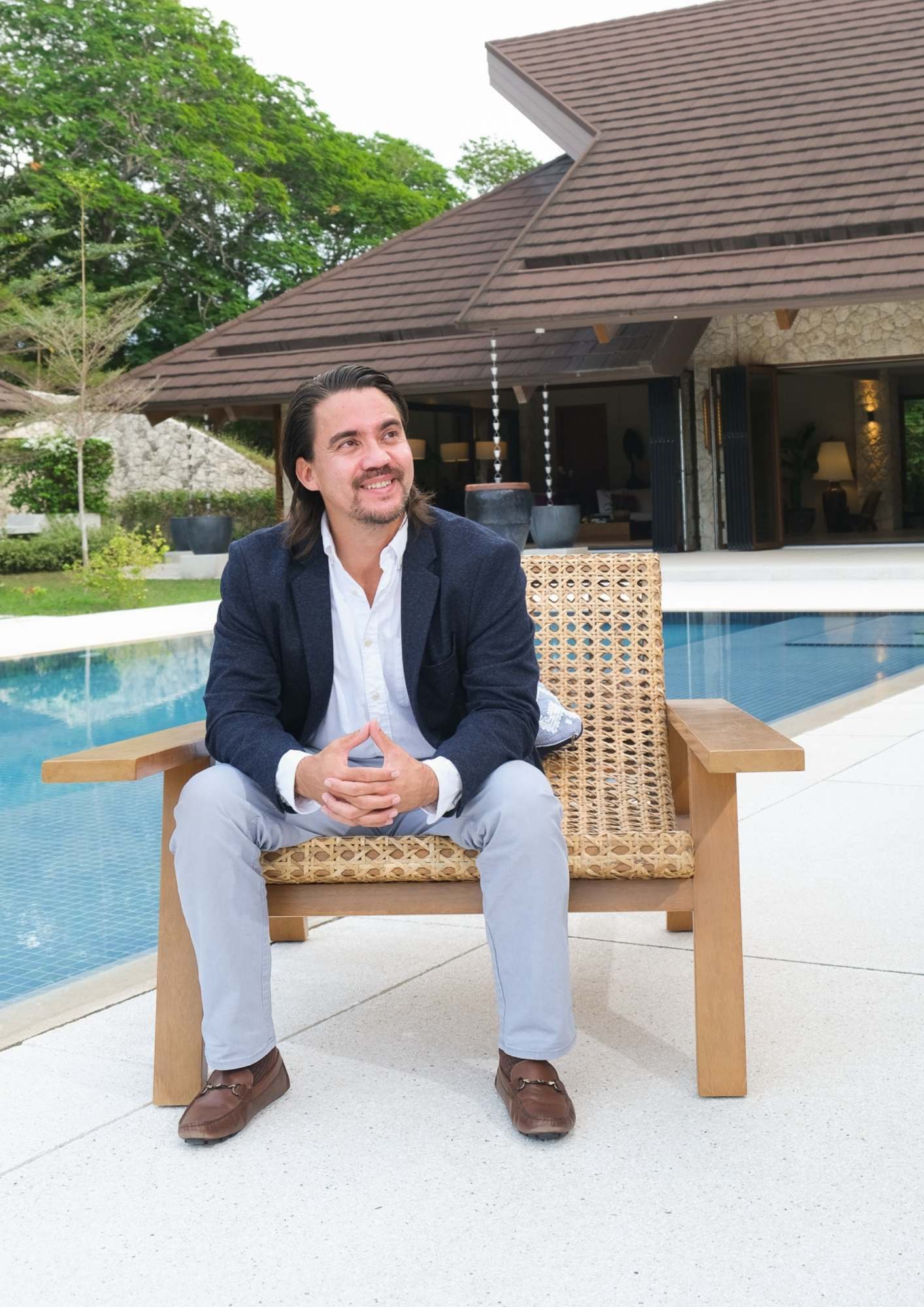
Keep Improving
Arch. Angelo Mañosa has been in the industry for decades. Here are just a few things he’d like future architects to remember,
“Use this time to improve yourself. Study and learn new things. The great thing about being an undergrad now, we now have the Internet which we didn’t have before. It connects you to everyone around the world. Going online meeting new people, being able to attend and gain all this knowledge without having to be physically present. But this virtual world we live in right now I think is a fantastic blessing for the undergrads so take advantage of it.”
“These times will never be difficult forever. Like all difficult things, they do pass. Eventually, greener pastures and better times will come. The question is, when they do come, will you be ready for them? Are you prepared?”
“Did you prepare yourself during the pandemic? What did you do to enrich and make your life a little better in the architectural world? That’s kind of what you need to focus on. Because by the time you graduate and start working, maybe the times would normalize and you’ll have this added knowledge and gain that will give you a leap up from the rest.”
Have help
When asked how he thinks the future president should help in terms of infrastructure and architecture, Arch. Mañosa shared interesting suggestions of injecting Filipino designs into every government building. He also talked about disaster-proofing the nation, and having proper zoning ordinances for cities in the central business district (CBD) to lessen traffic.
“If I was given the chance to kind of put my two cents worth on how future infrastructure should be built, one thing I think, and this will be very controversial call. One of the key problems I personally think is their zoning ordinances. When you take the population of the CBD, the larger population during the day are the blue collared workers (secretaries, bank clerks, cashiers in shopping centers, sales, delivery guys), rank and file. That’s the majority of the population. There’s no way these guys will be able to live so close to the CBD and they’re the larger population of the CBD. So what happens is they end up having to live on the outskirts of Makati. The outer fringes of the CBD and on a daily basis these guys have to commute in and out of the city. This is why there’s so much traffic.”
When you live in the Philippines, practicality, financial stress, and environmental stress are three monsters that easily crumble efforts towards a dream life. At some point, help from more powerful people (the governments, that is) who can make bigger changes that can benefit everyone is crucial. The latter is definitely the most preferred type of help.
Photography ED SIMON
Art Direction MARC YELLOW
Shoot Coordination ERICA LUNA and MAE TALAID
Shot on location CALATAGAN, BATANGAS
